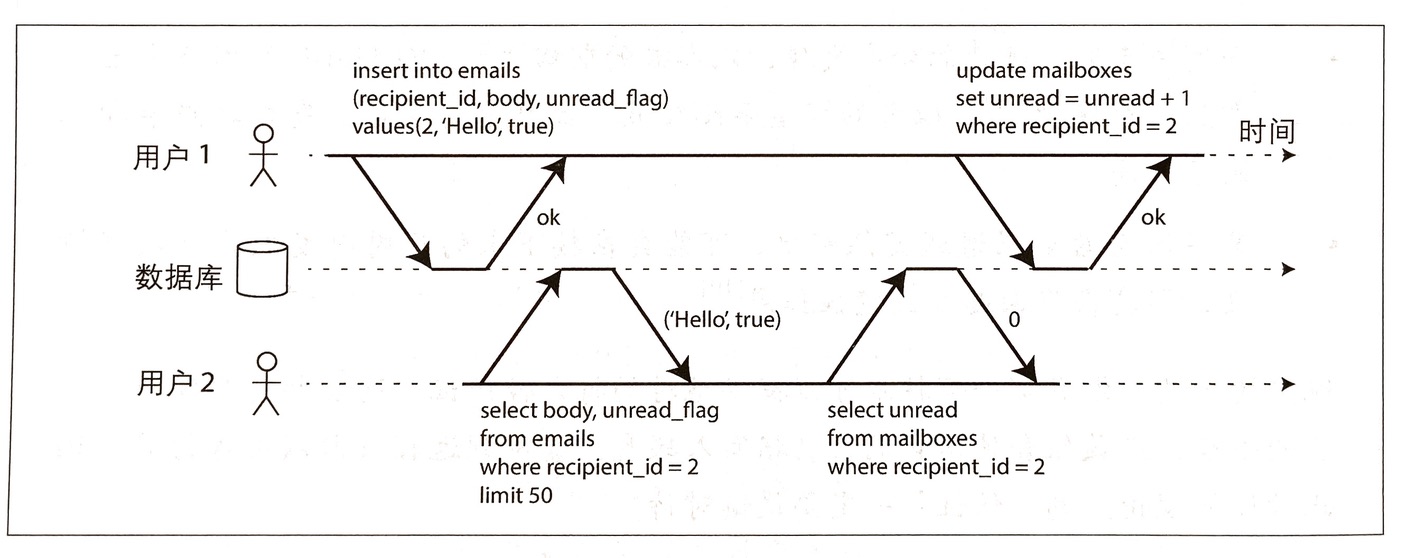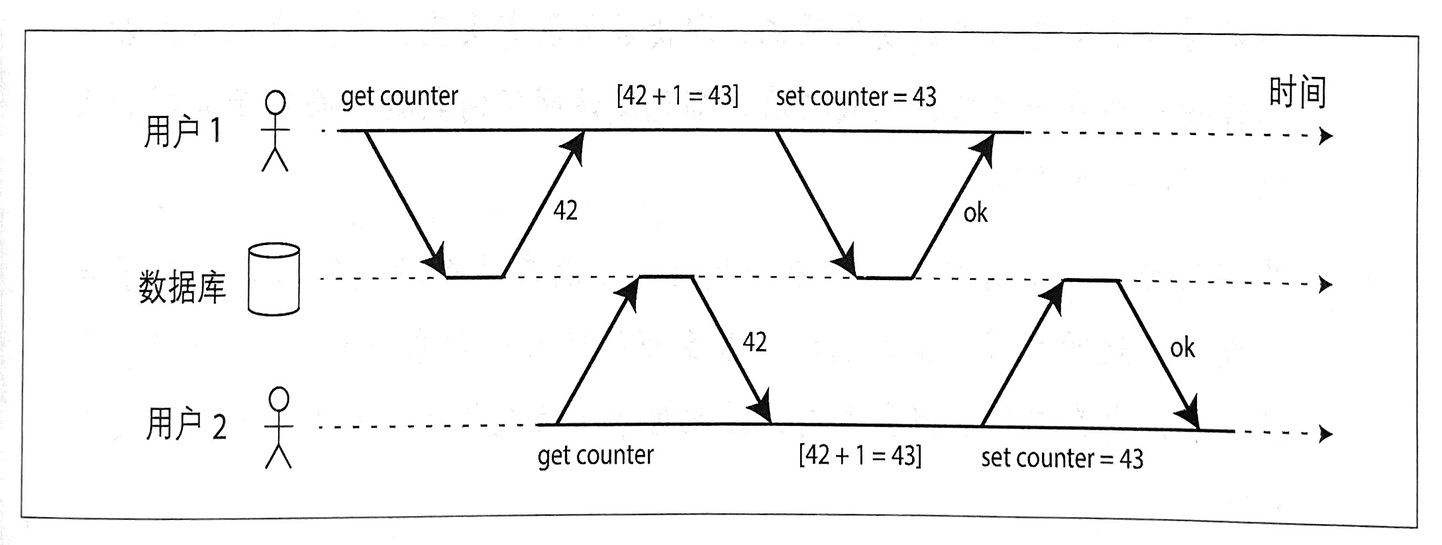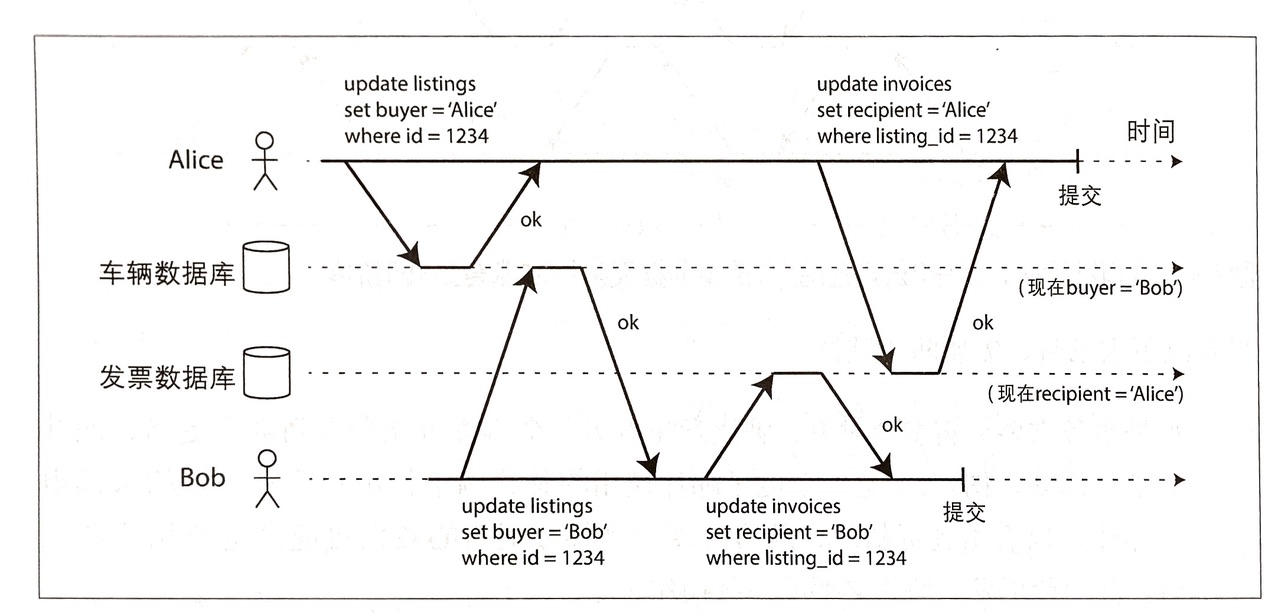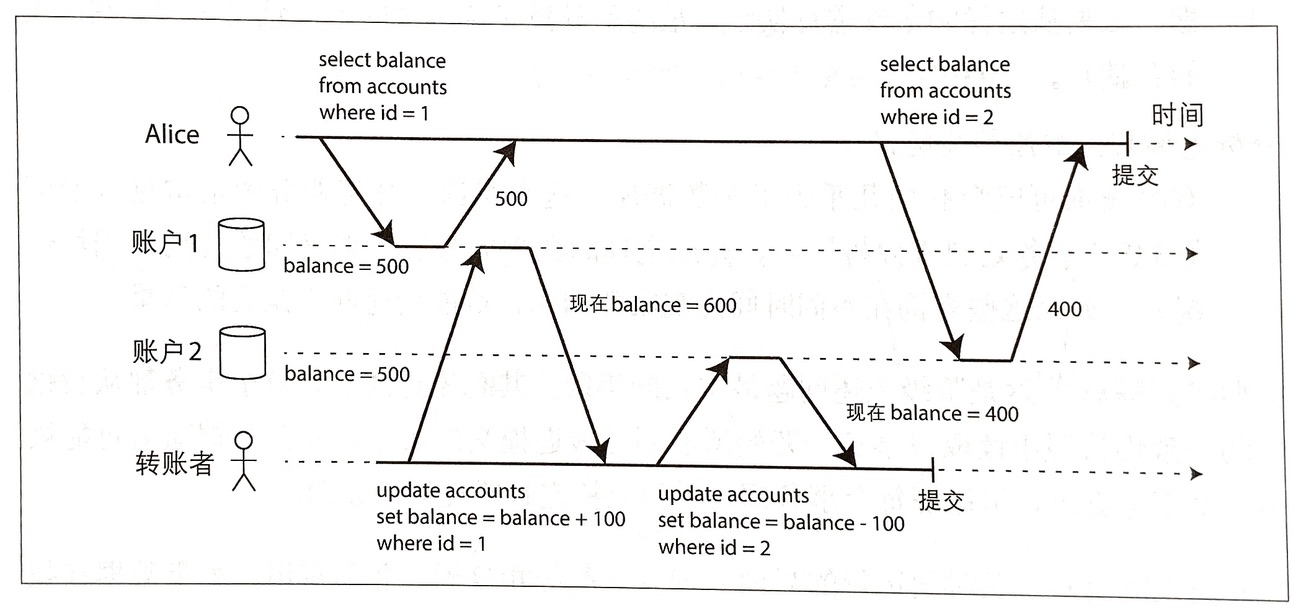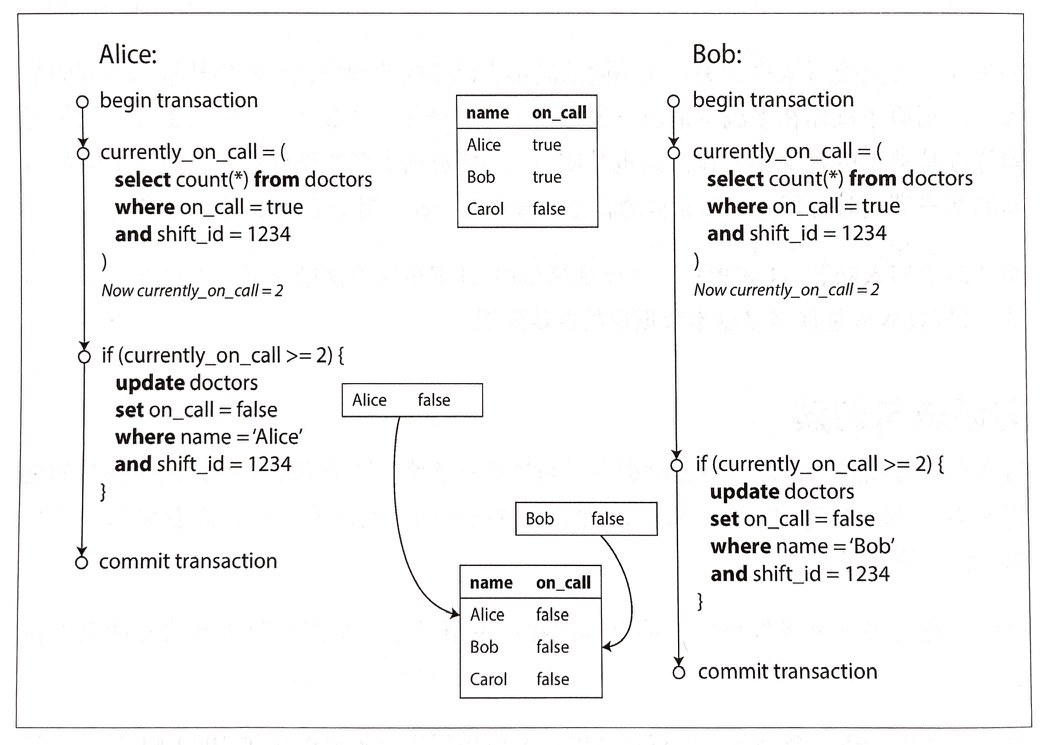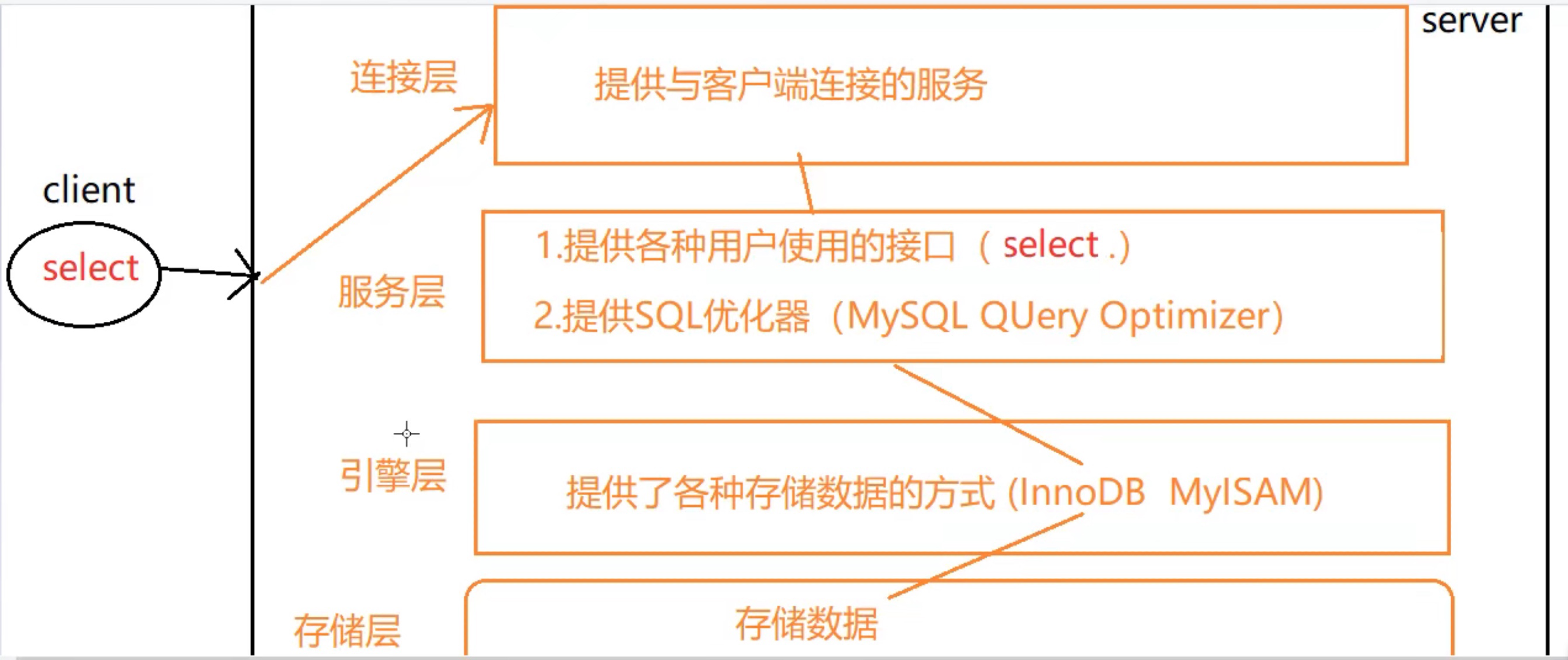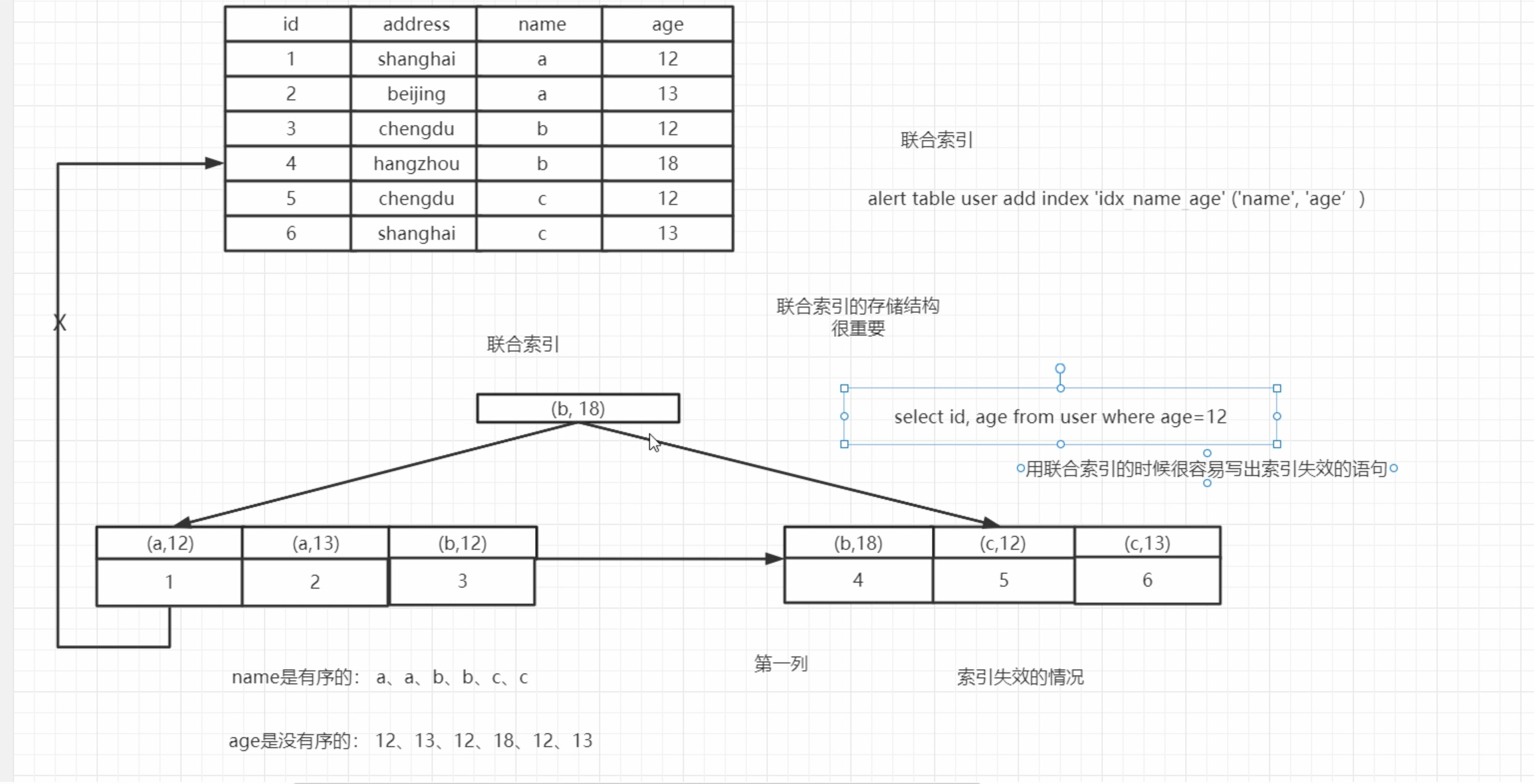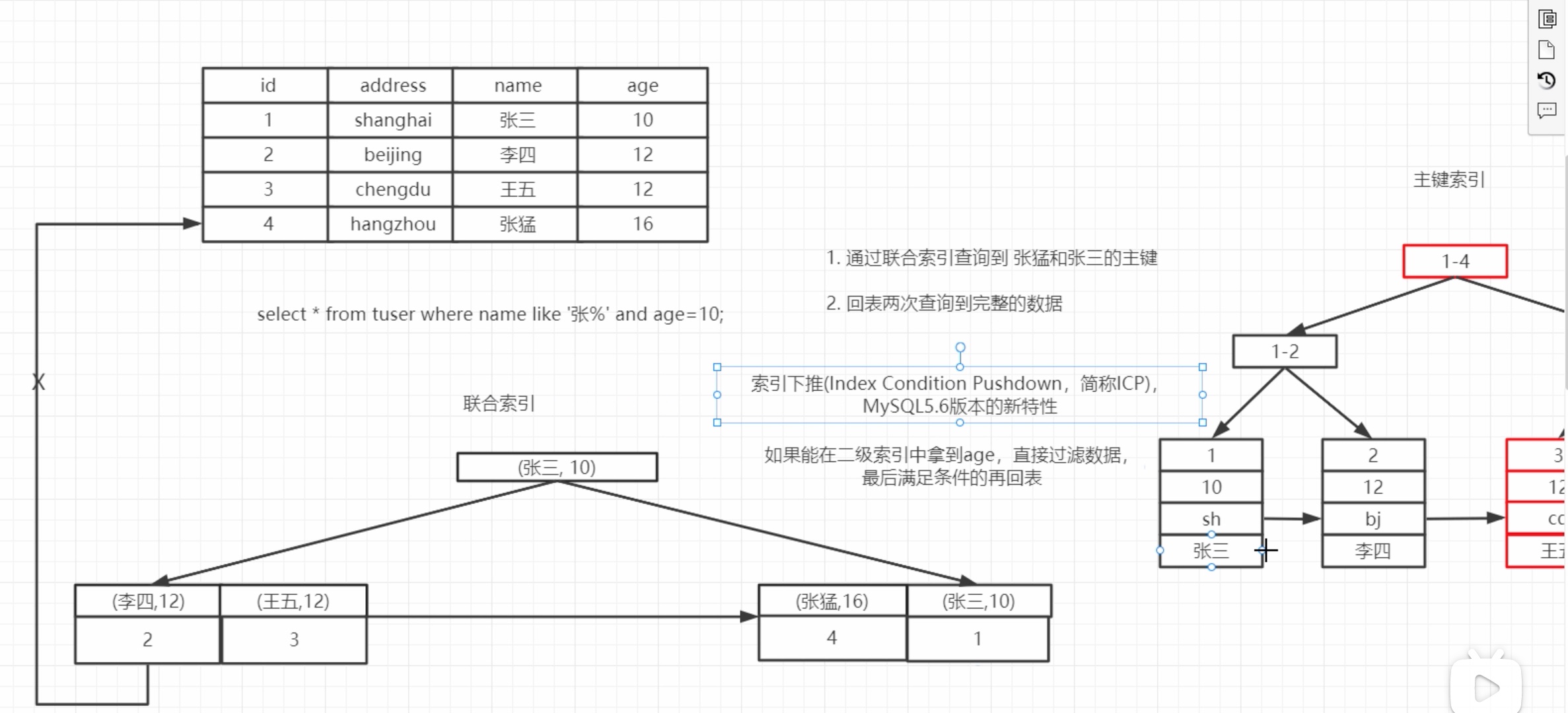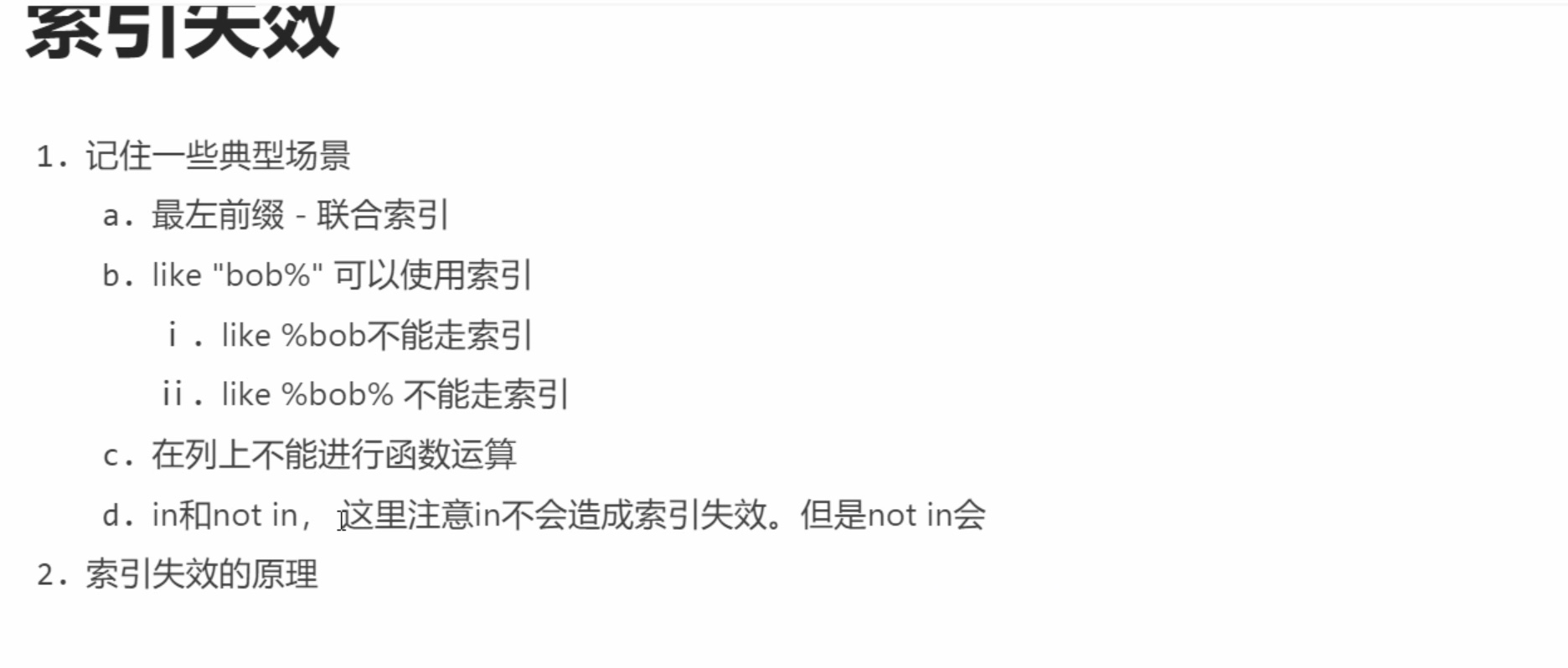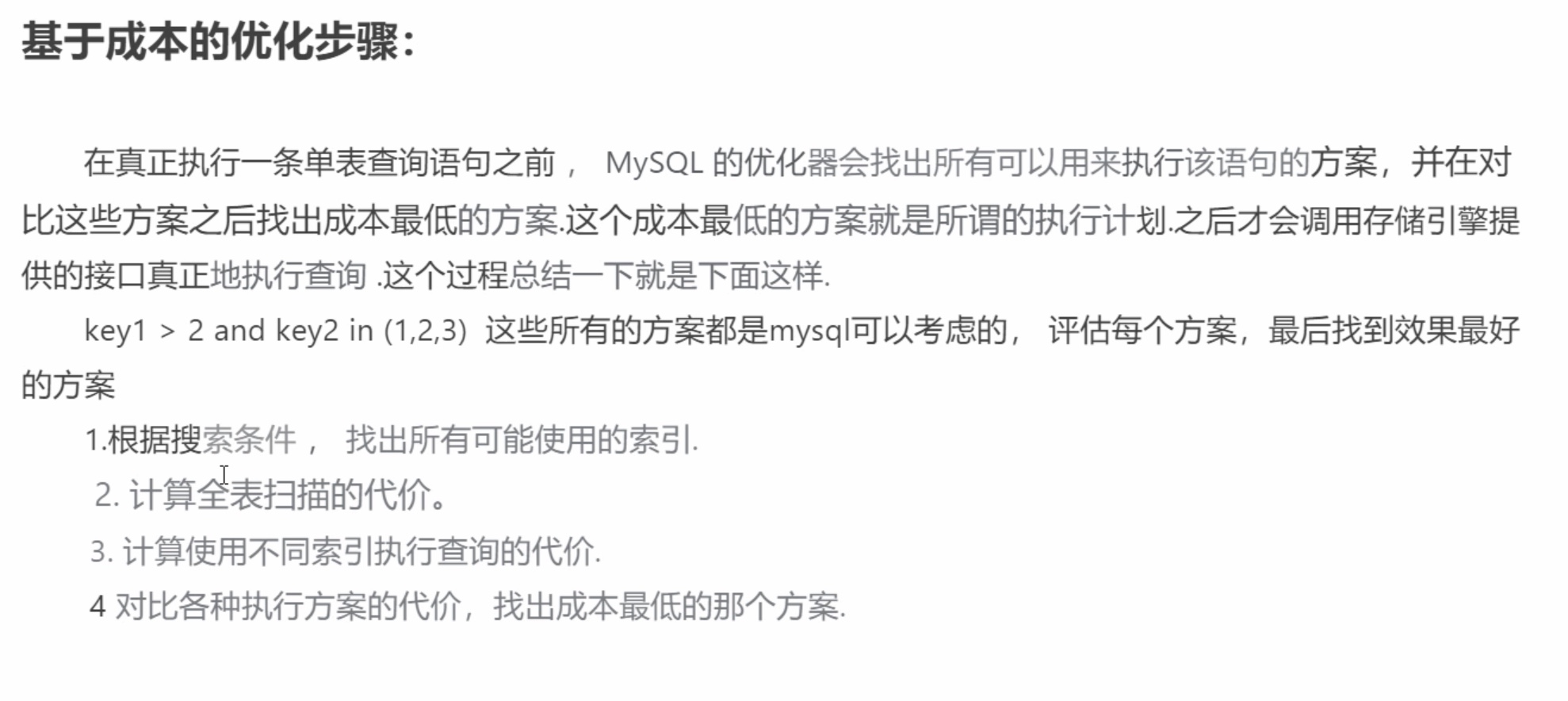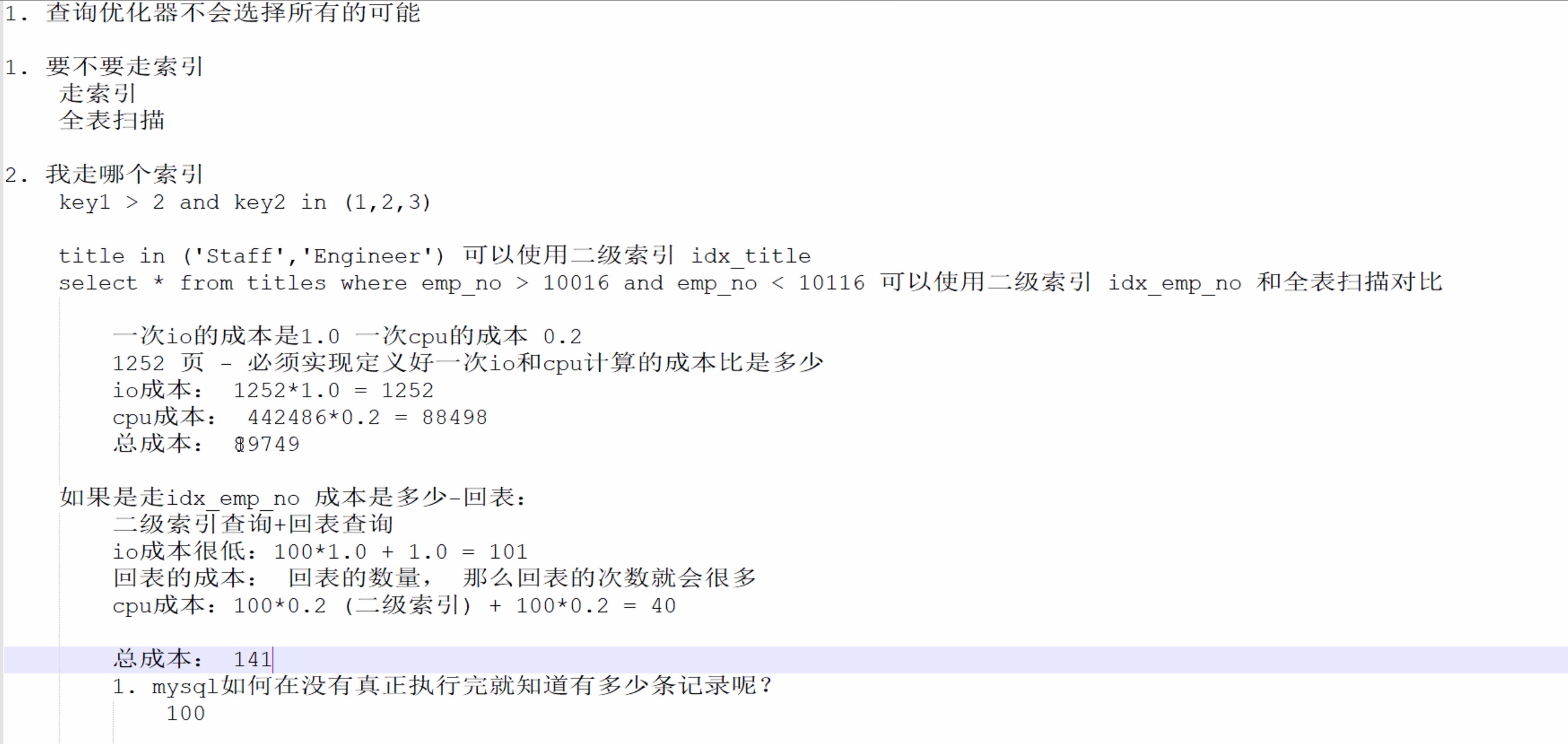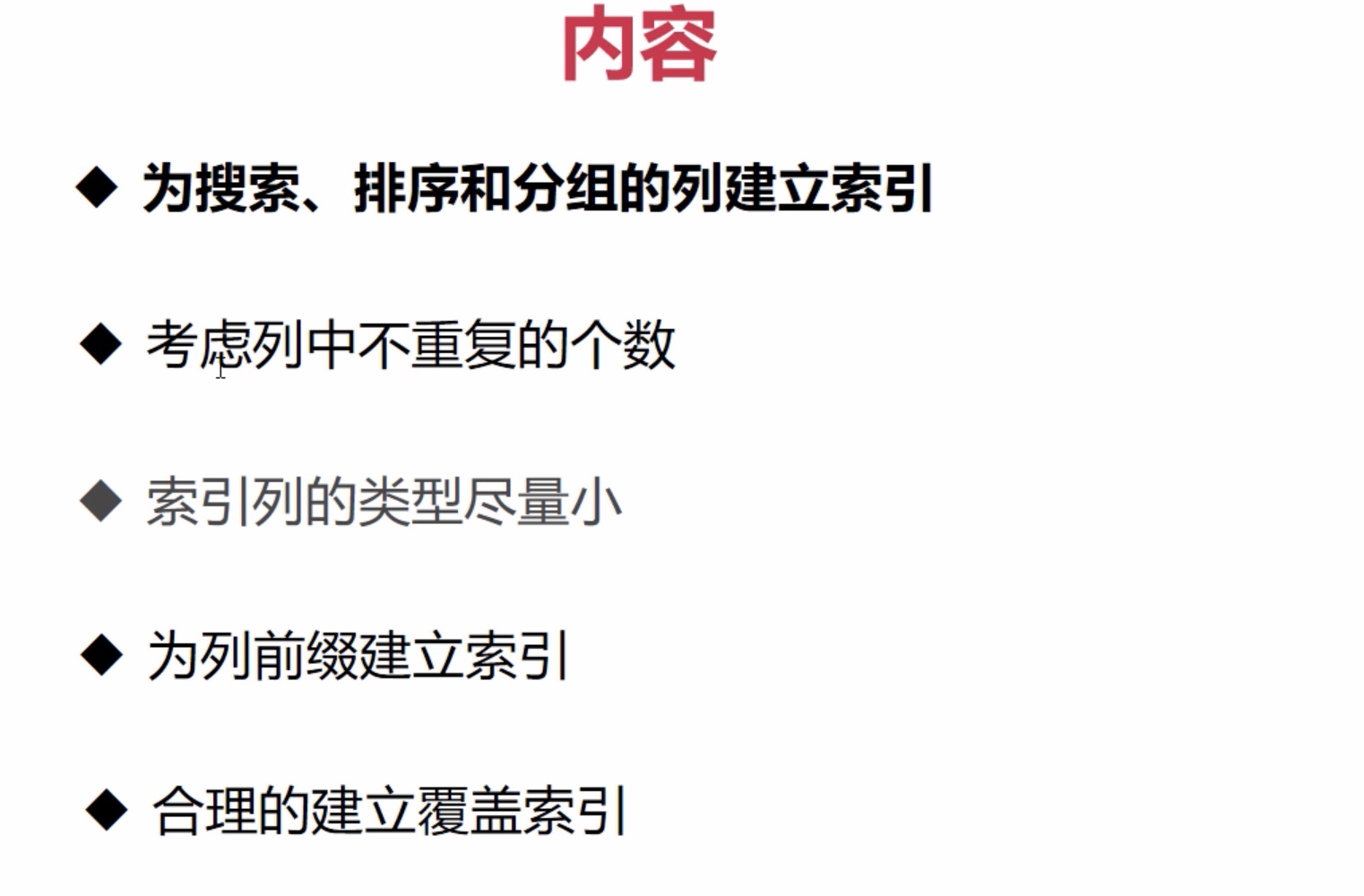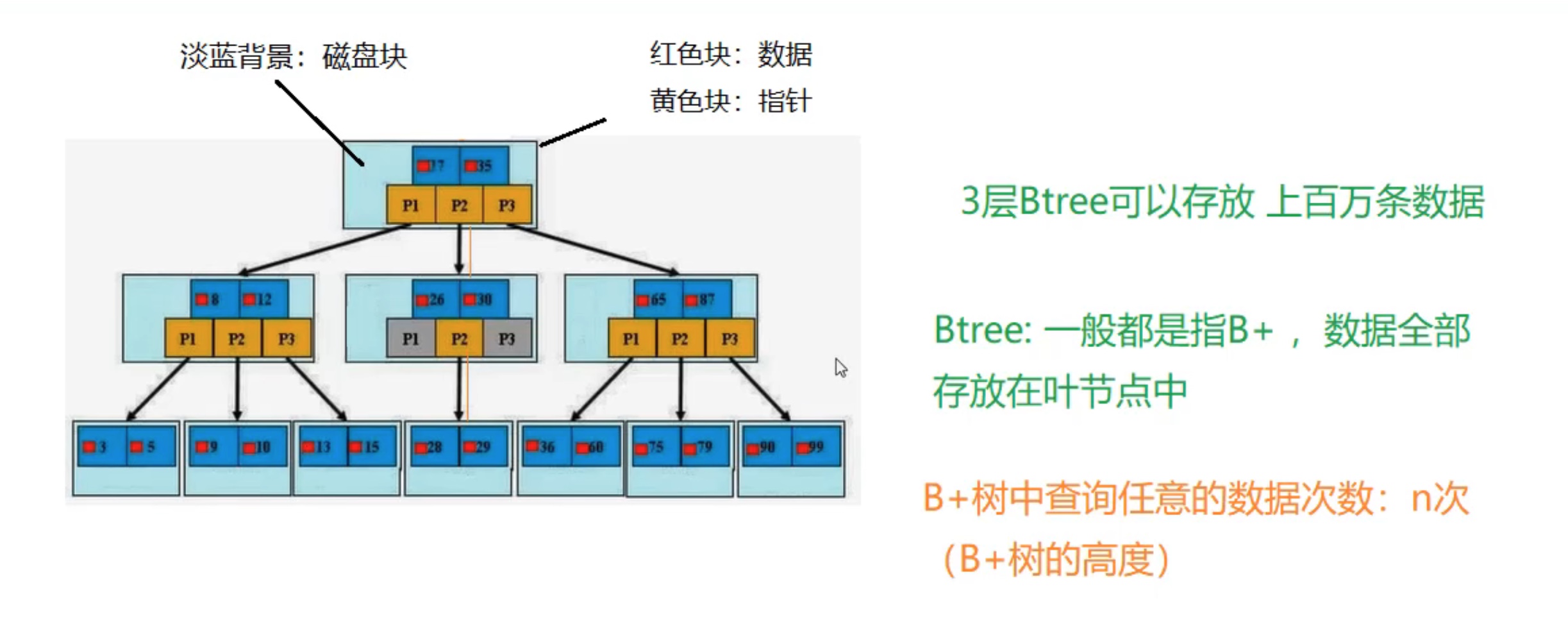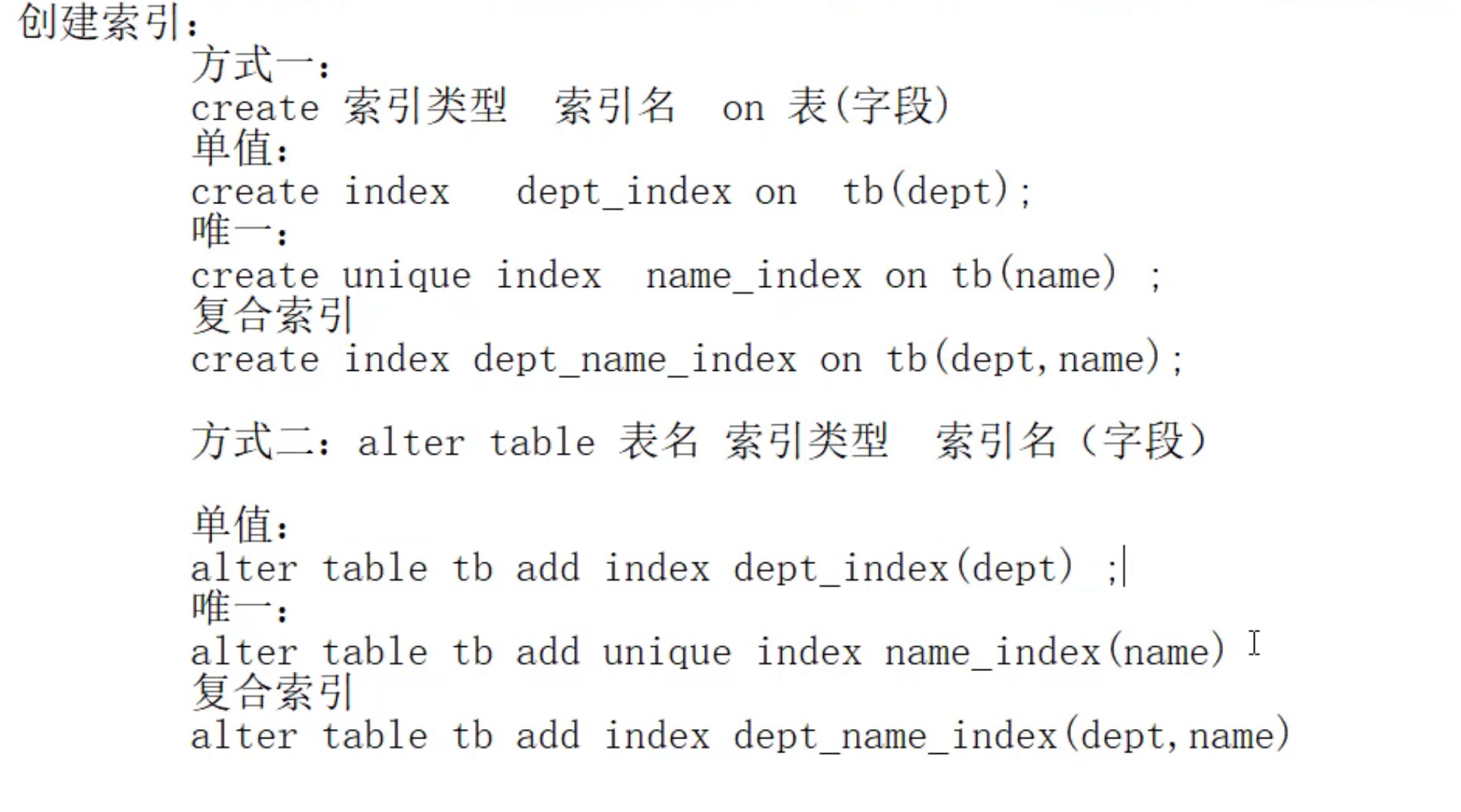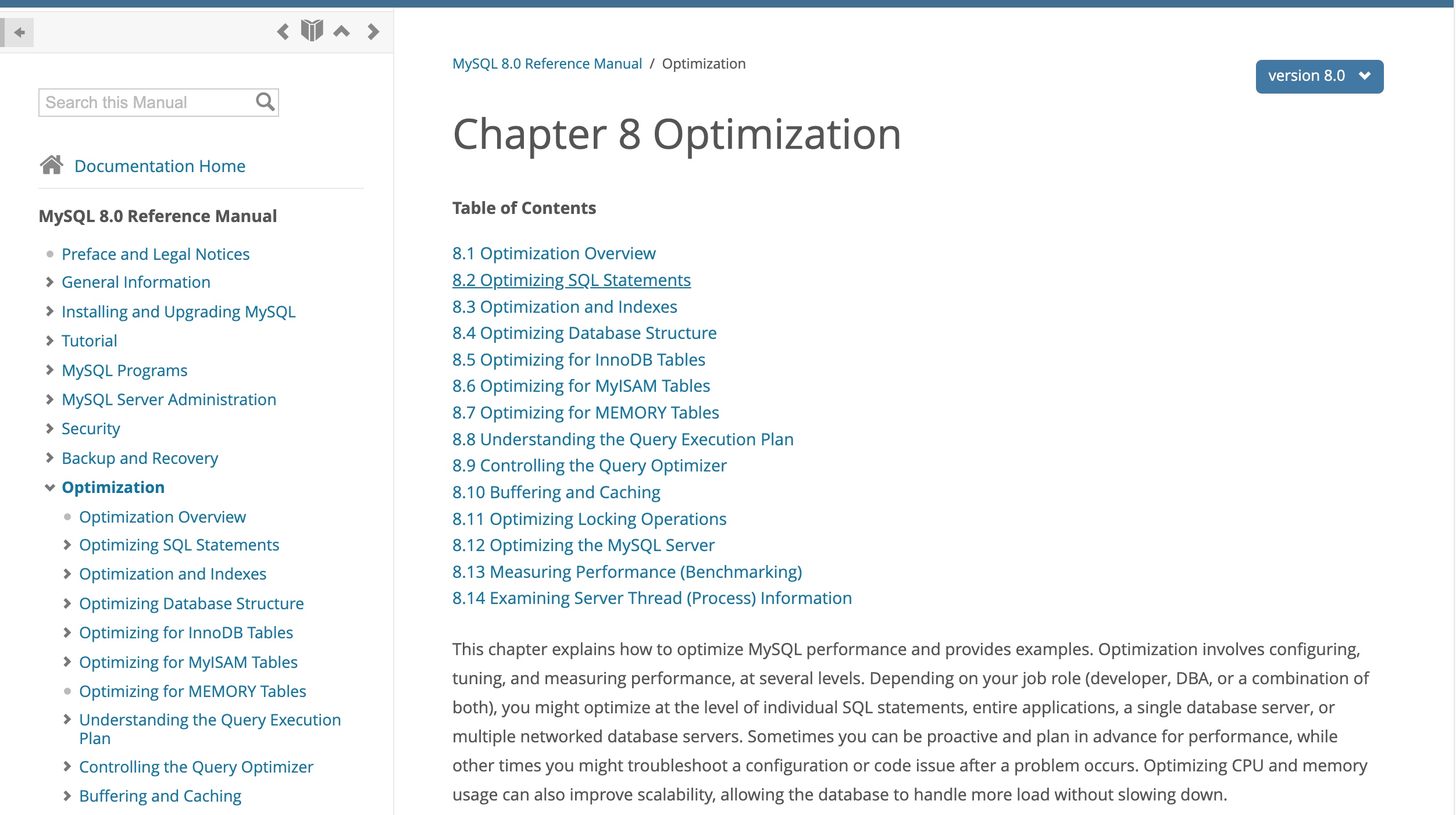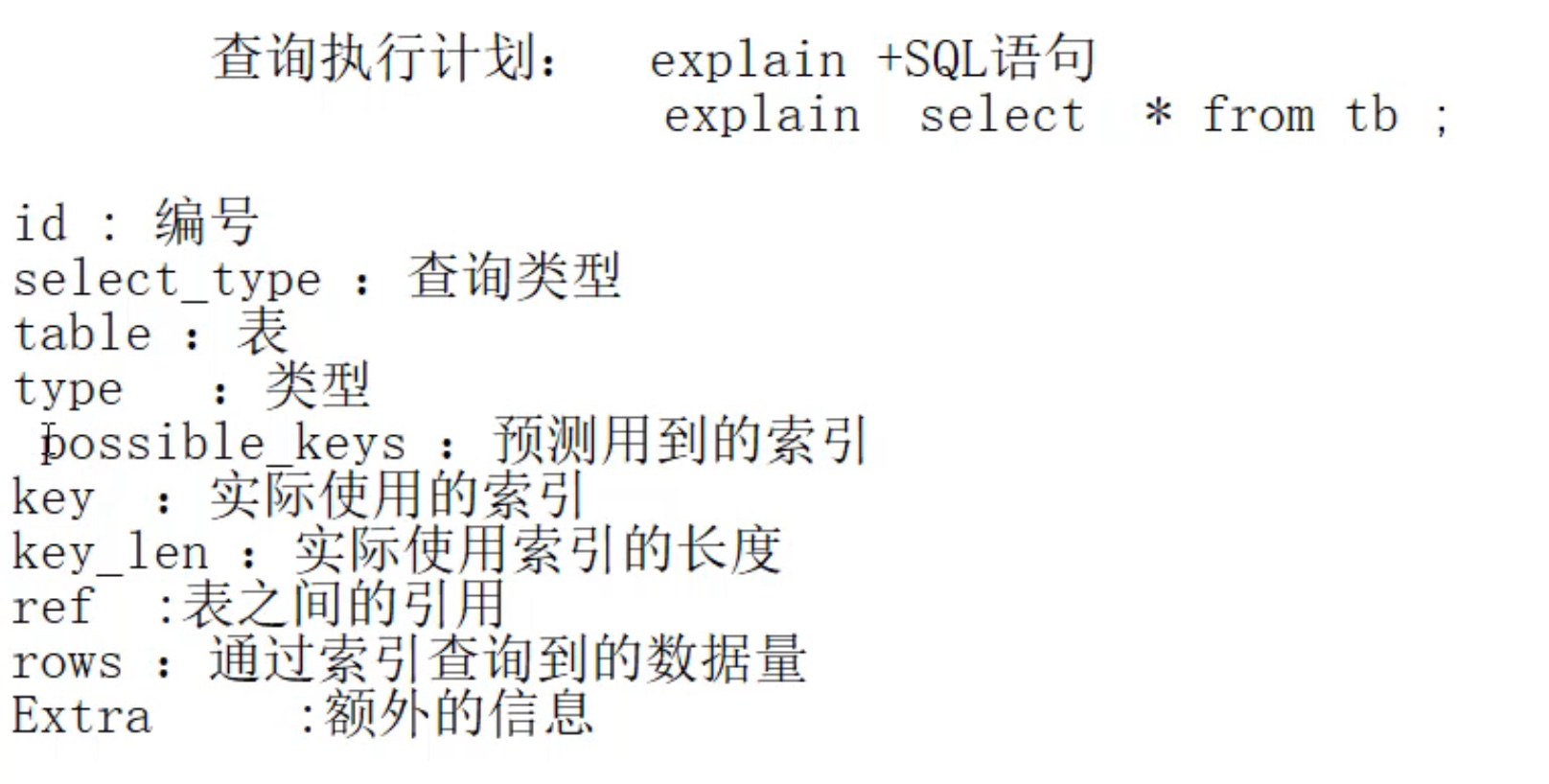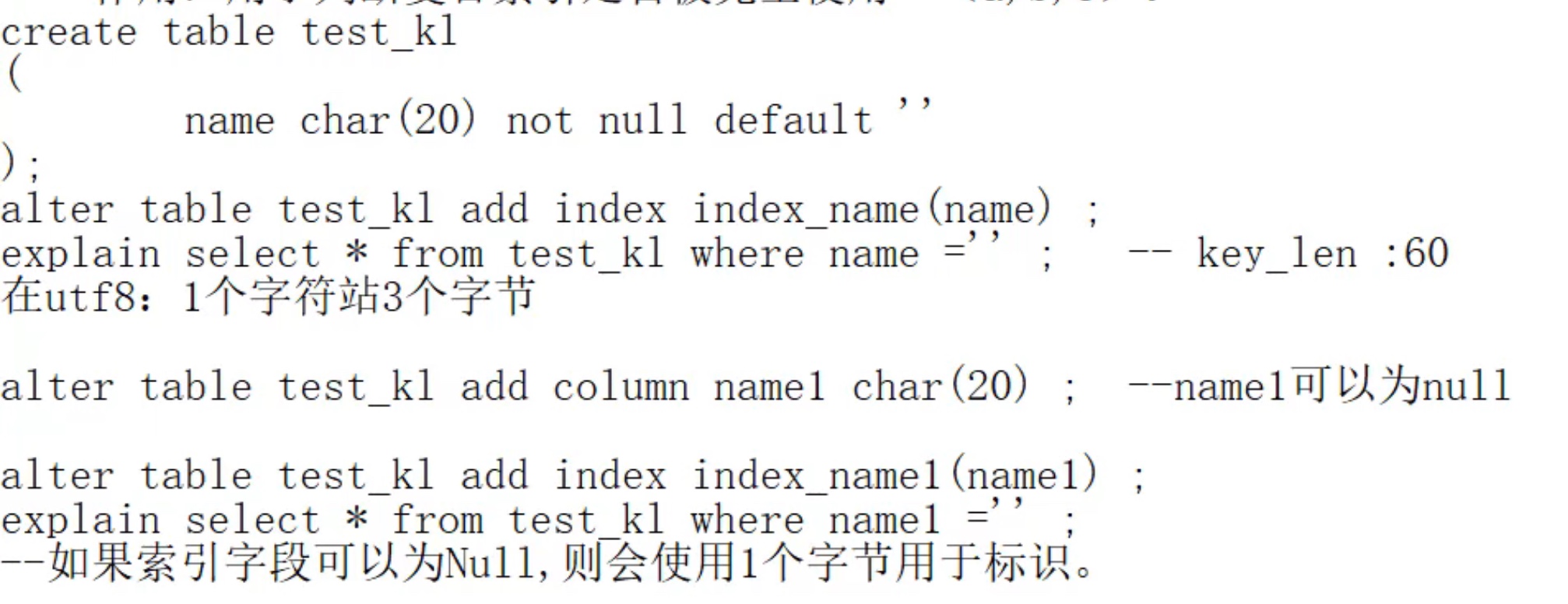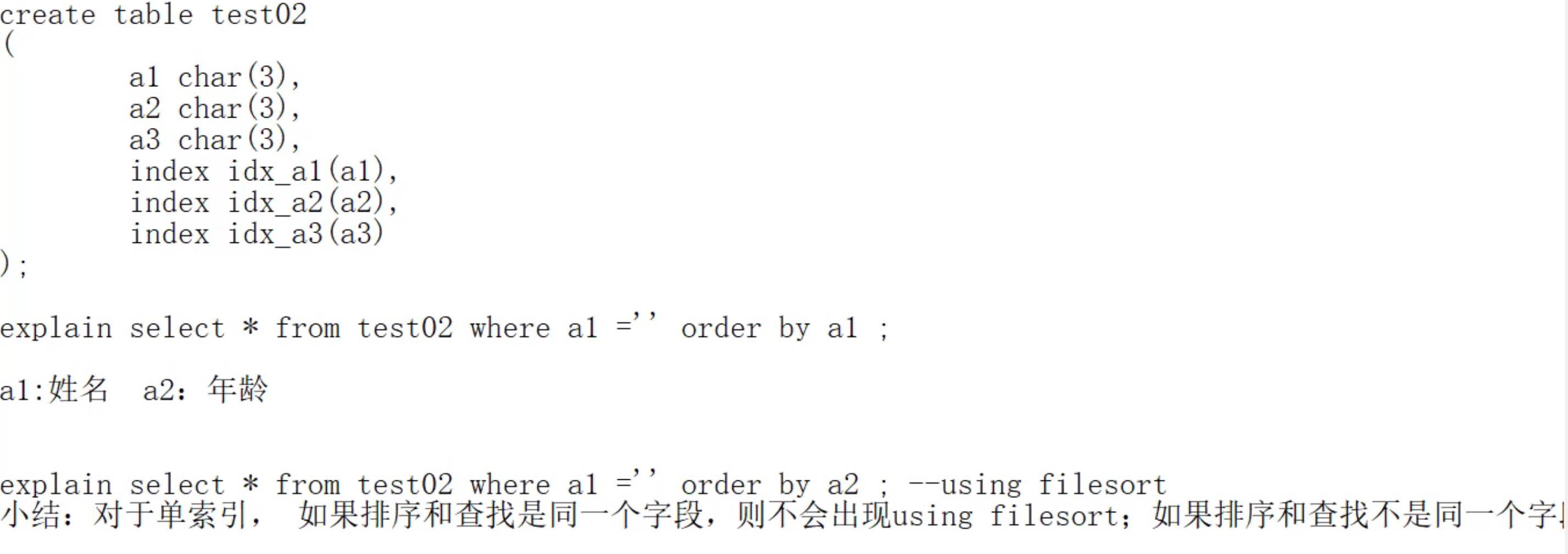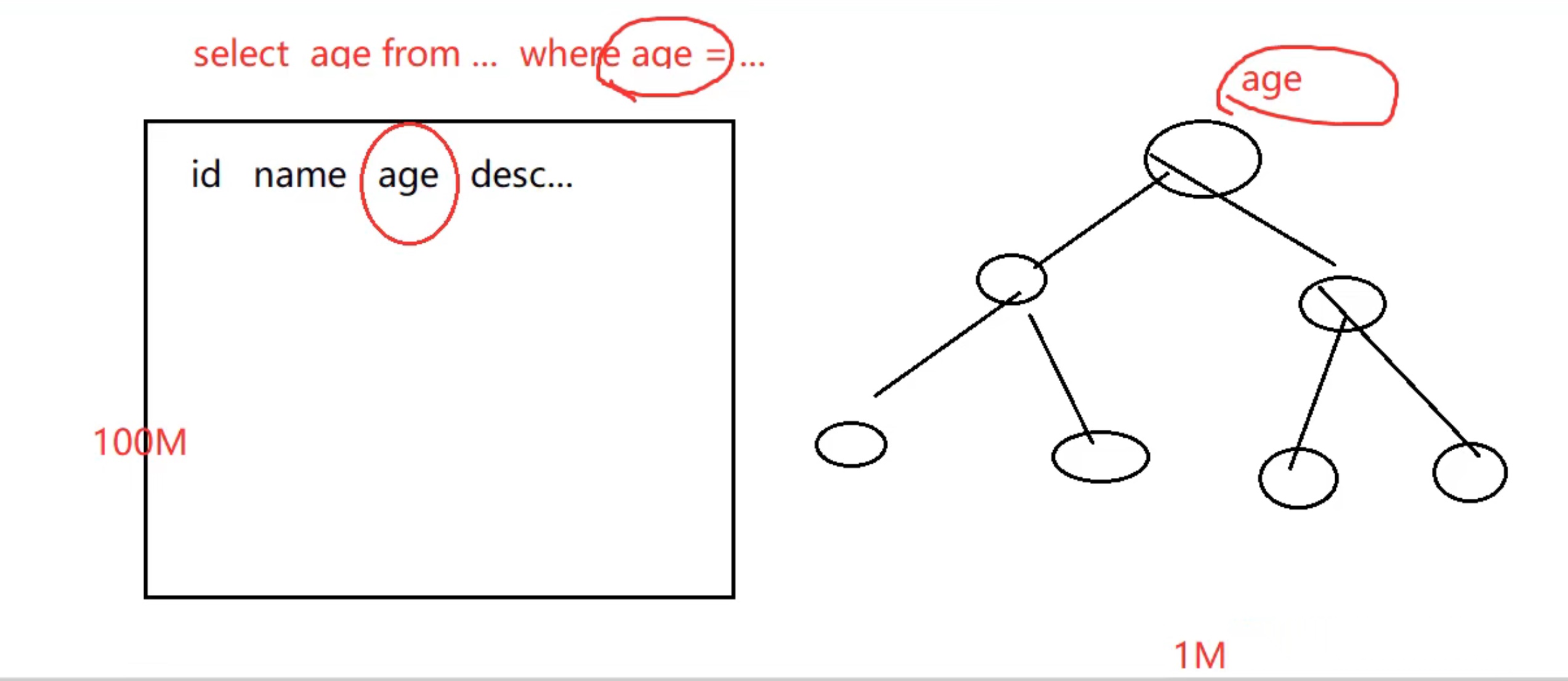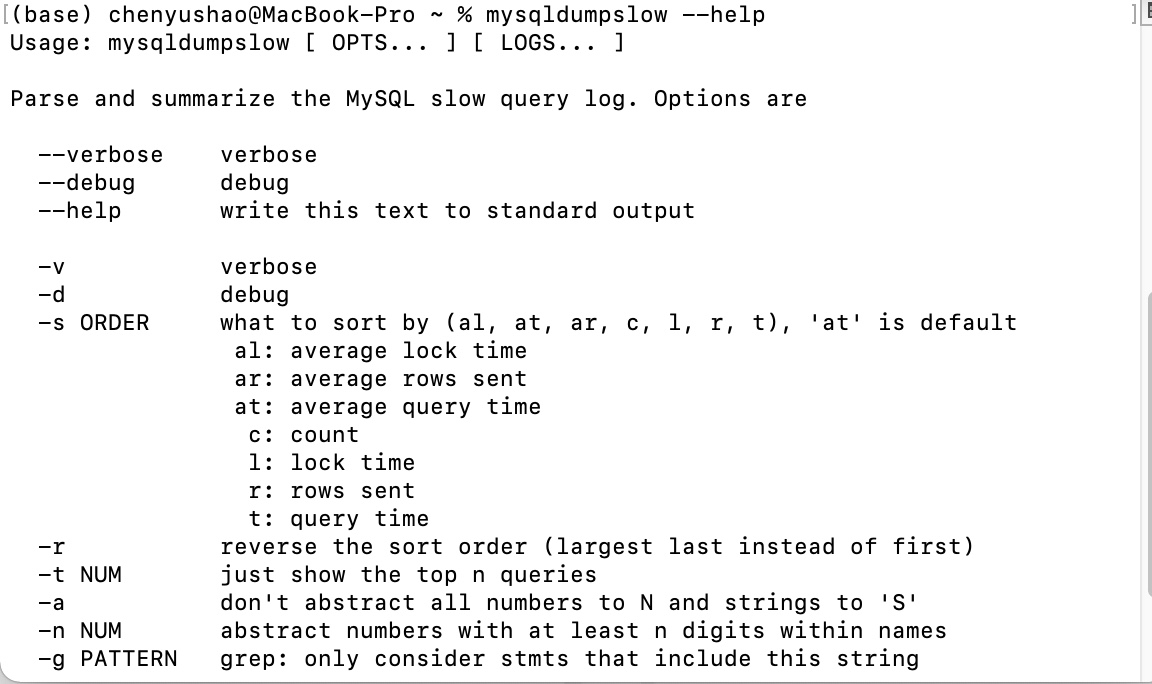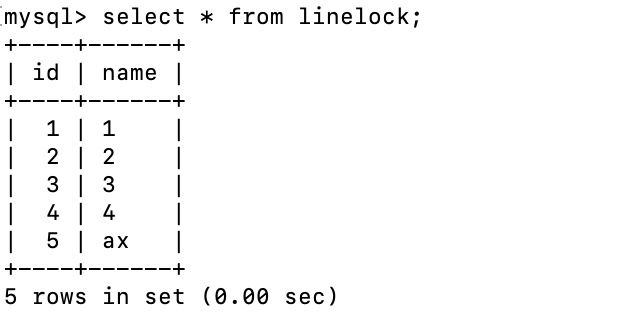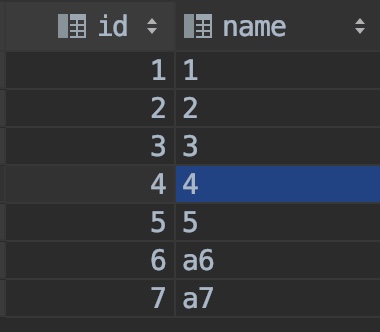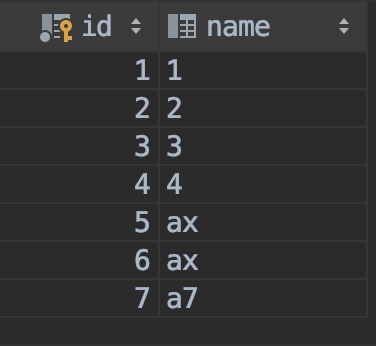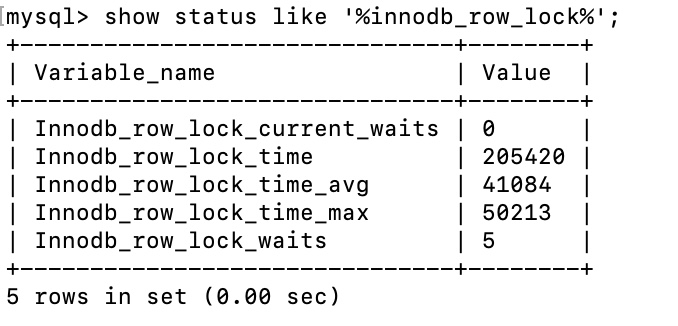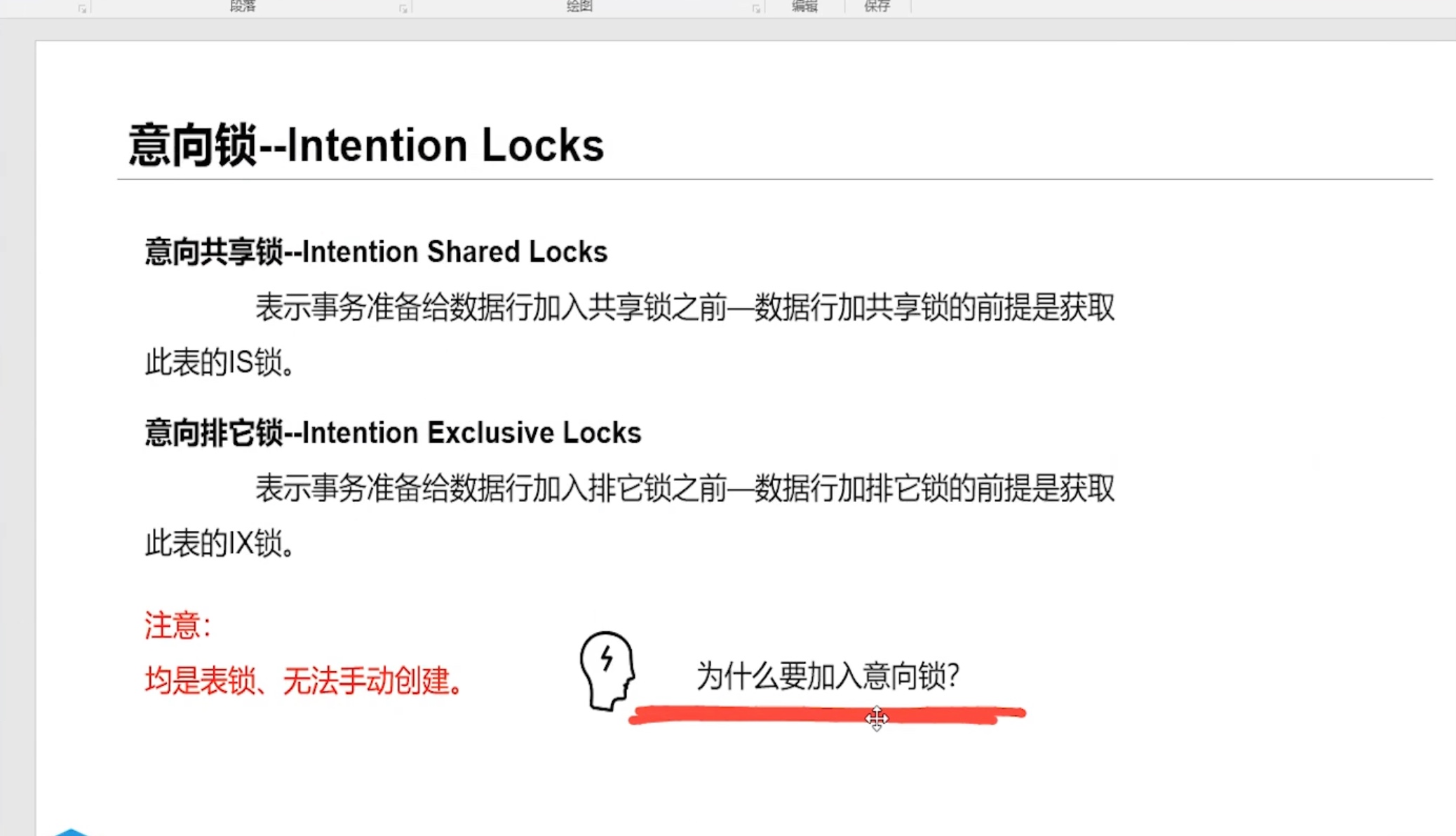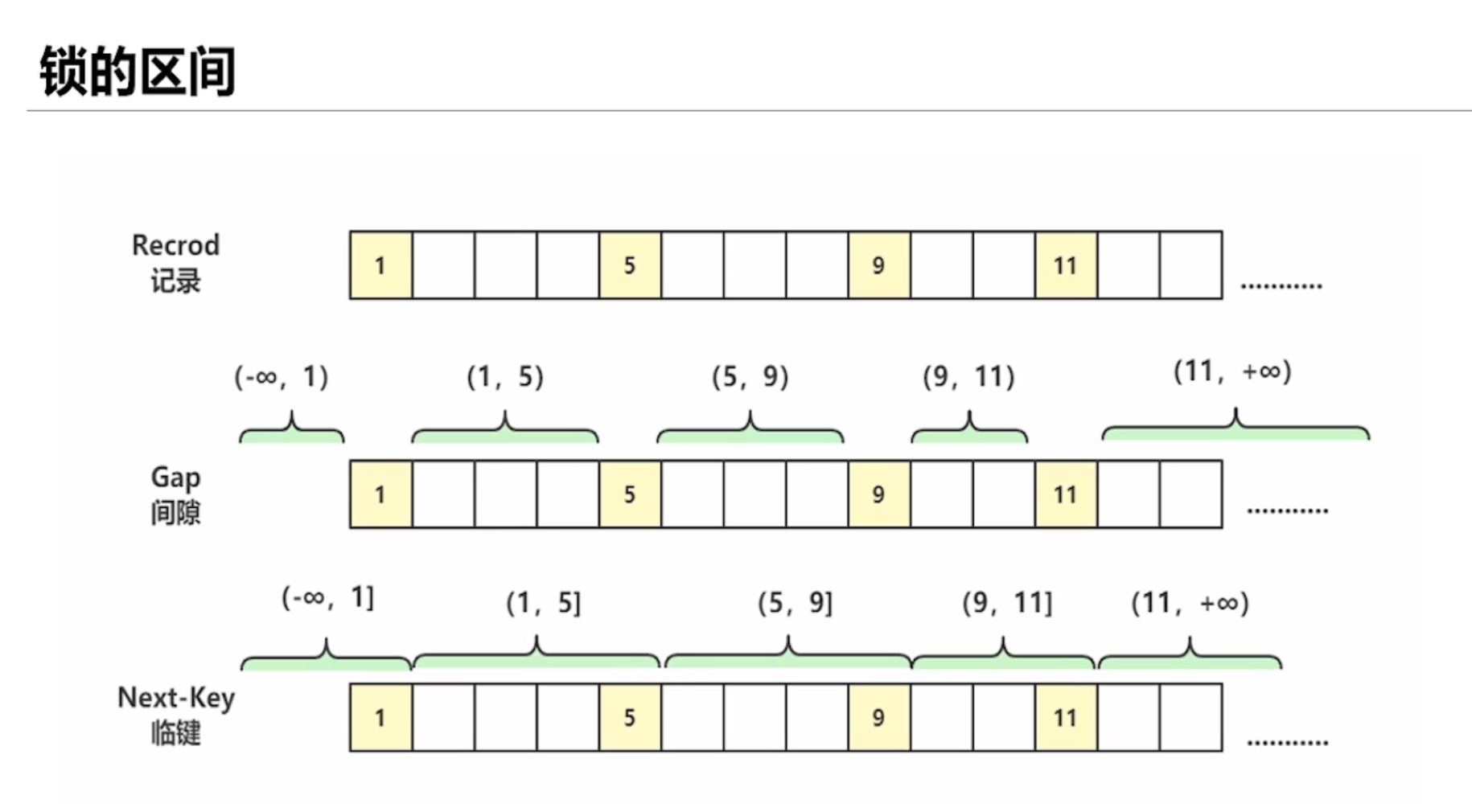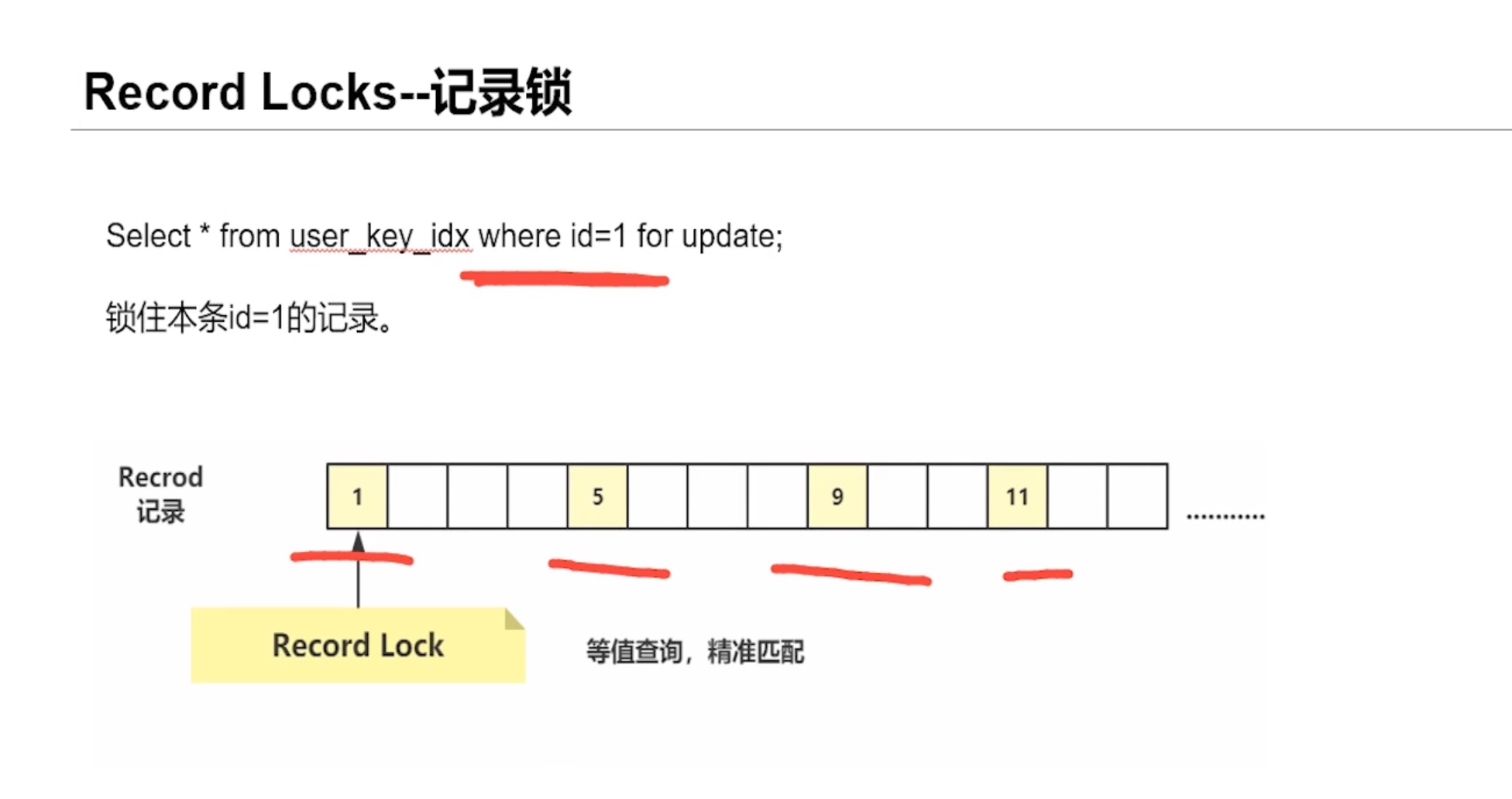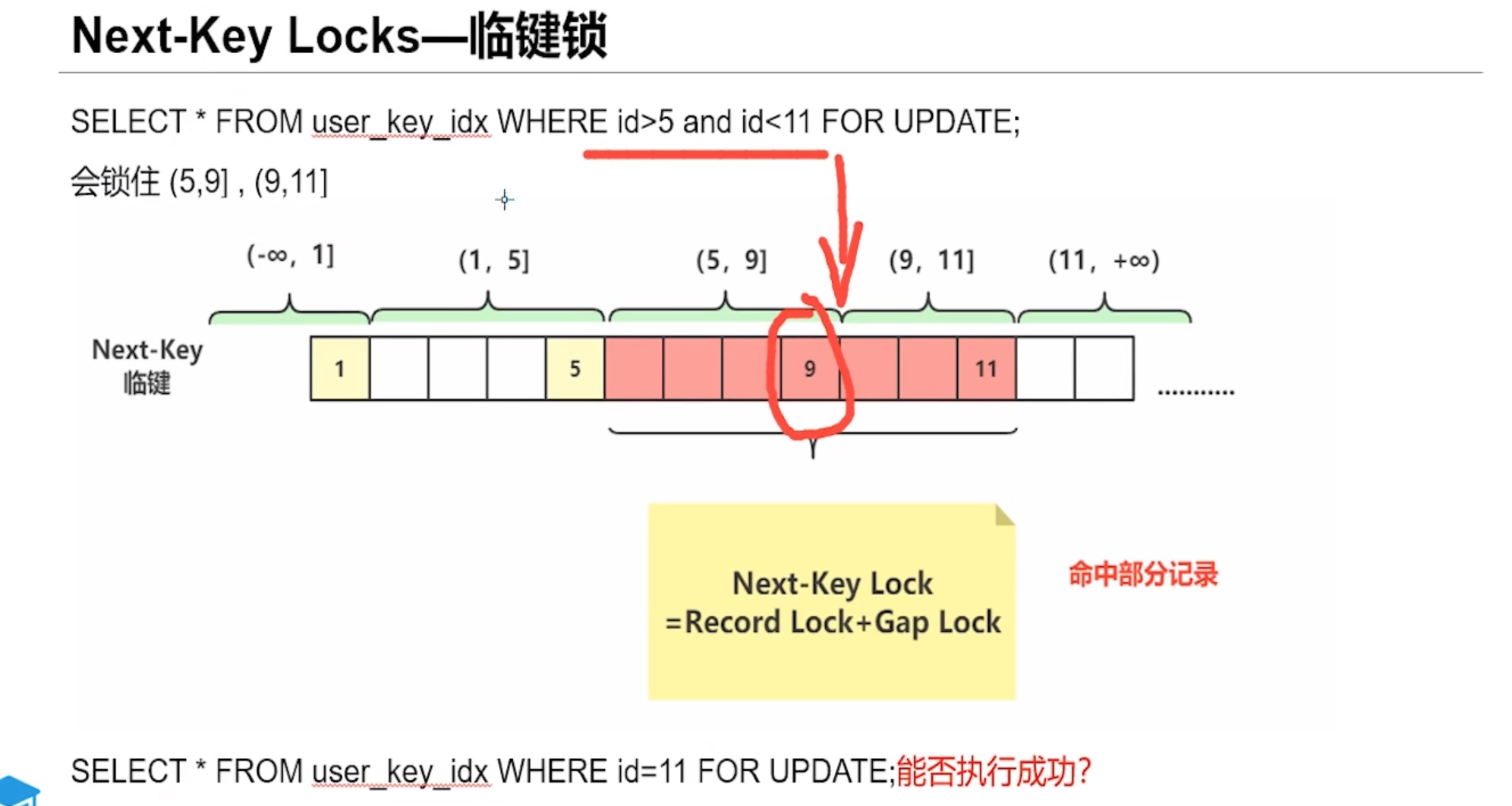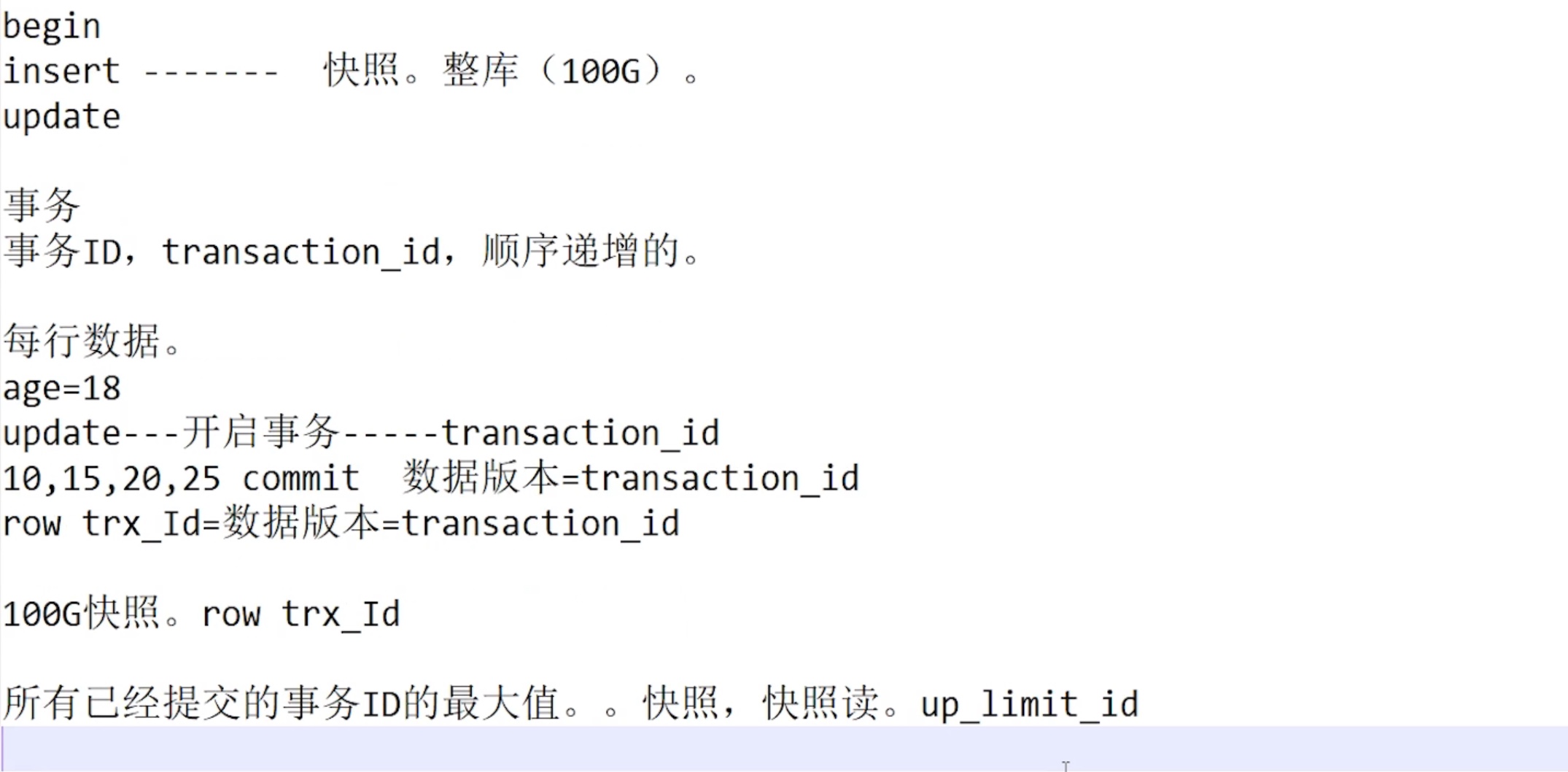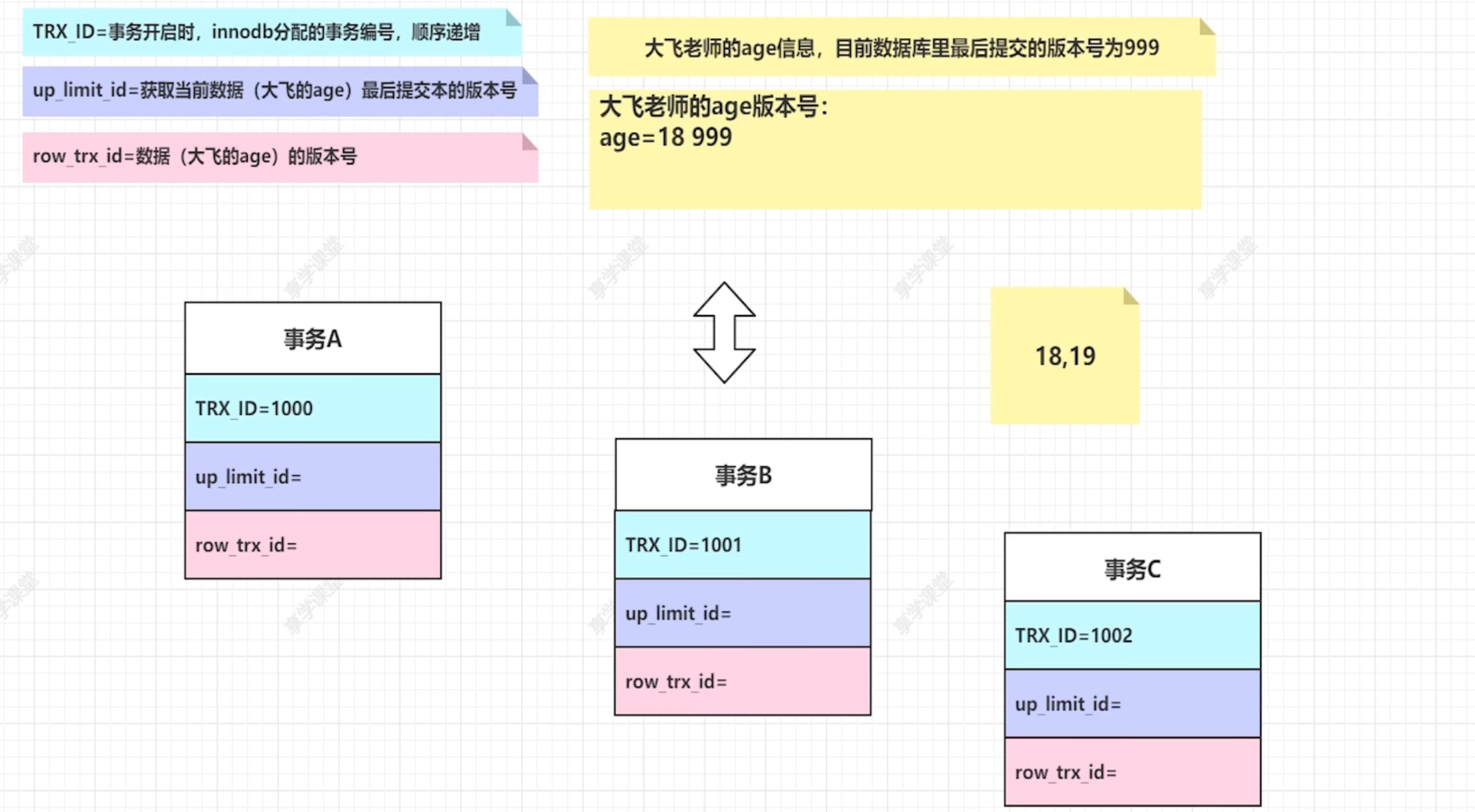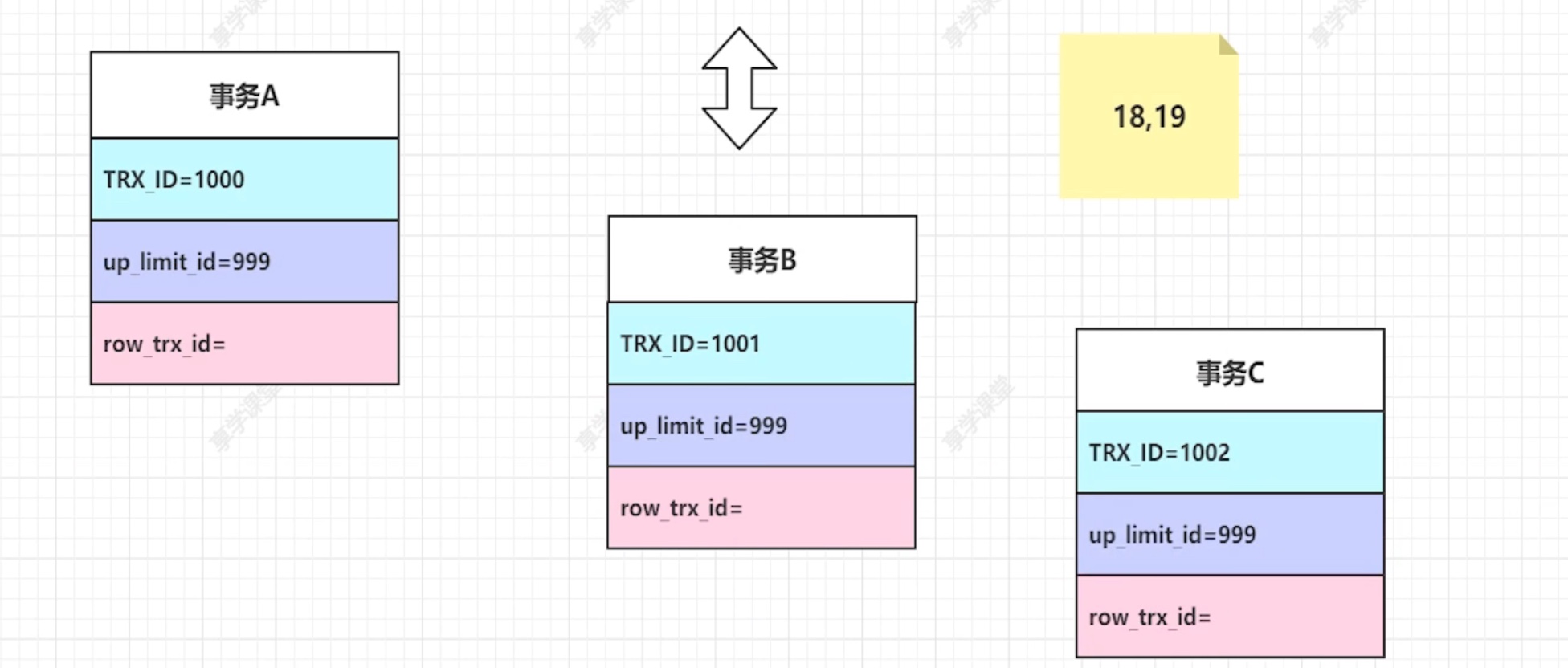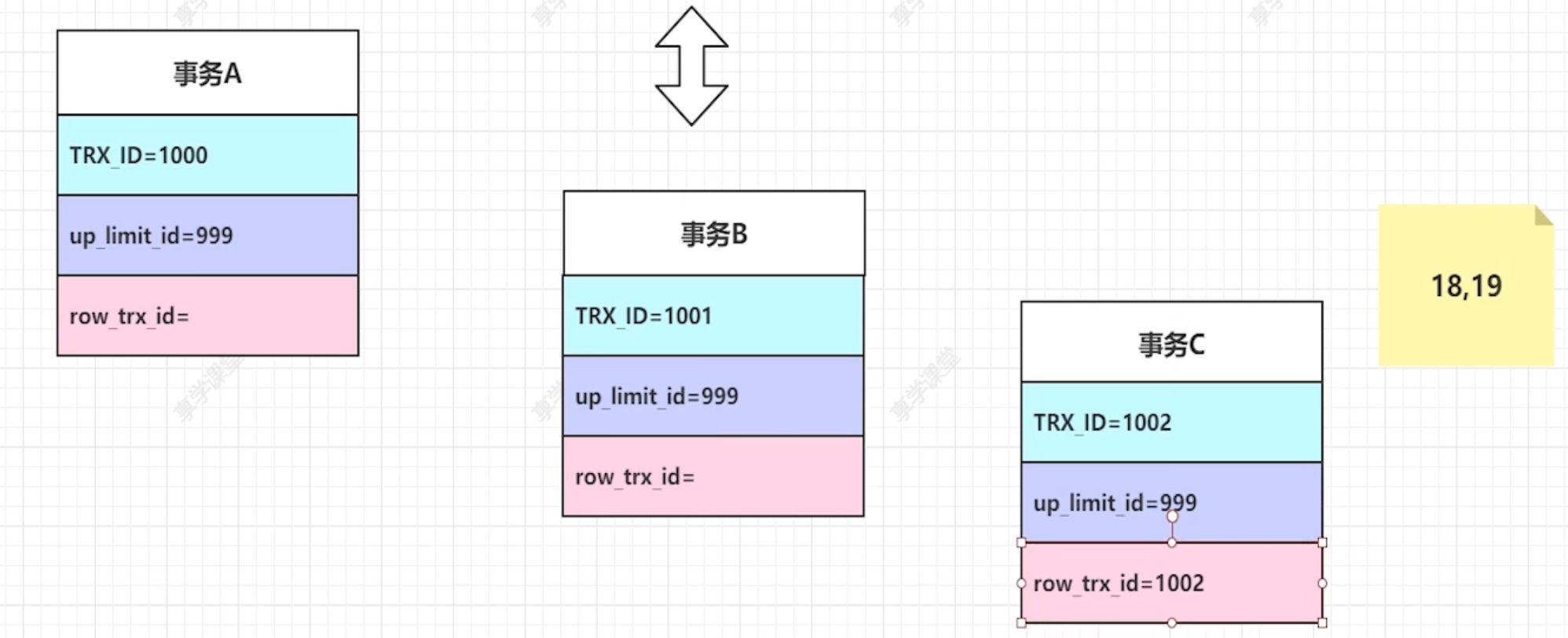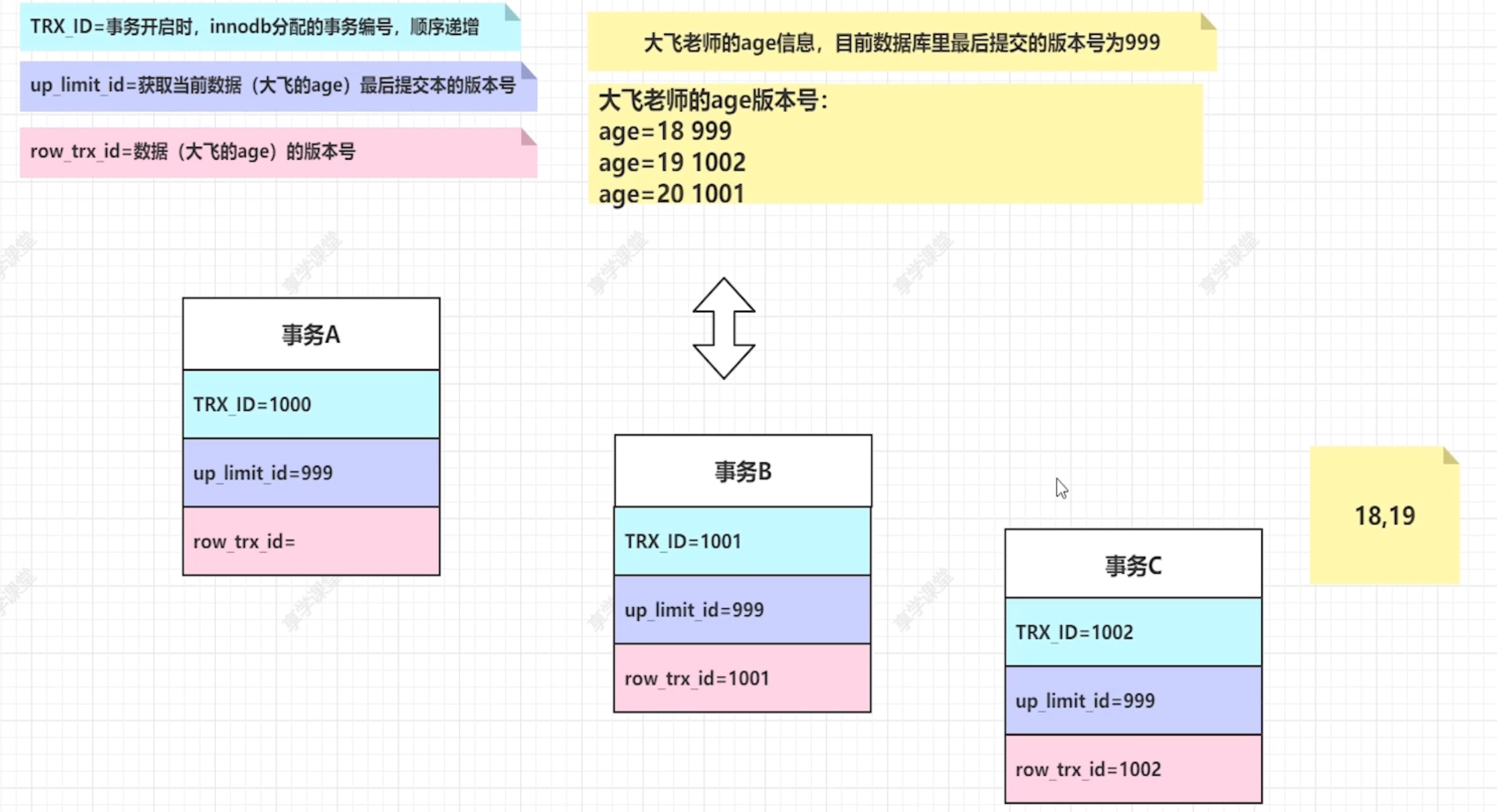1
2
3
4
5
6
7
8
9
10
11
12
13
14
15
16
17
18
19
20
21
22
23
24
25
26
27
28
29
30
31
32
33
34
35
36
37
38
39
40
41
42
43
44
45
46
47
48
49
50
51
52
53
54
55
56
57
58
59
60
61
62
63
64
65
66
67
68
69
70
71
72
73
74
75
76
77
78
79
80
81
82
83
84
85
86
87
88
89
90
91
92
93
94
95
96
97
98
99
100
101
102
103
104
105
106
107
108
109
110
111
112
113
114
115
116
117
118
119
120
121
122
123
124
125
126
127
128
129
130
131
132
133
134
135
136
137
138
139
140
141
142
143
144
145
146
147
148
149
150
151
152
153
154
155
156
157
158
159
160
161
162
163
164
165
166
167
168
169
170
171
172
173
174
175
176
177
178
179
180
181
182
183
184
185
186
187
188
189
190
191
192
193
194
195
196
197
198
199
200
201
202
203
204
205
206
207
208
209
210
211
212
213
214
215
216
217
218
219
220
221
222
223
224
225
226
227
228
229
230
231
232
233
234
235
236
237
238
239
240
241
242
243
244
245
246
247
248
249
250
251
252
253
254
255
256
257
258
259
260
261
262
263
264
265
266
267
268
269
270
271
272
273
274
275
276
277
278
279
280
281
282
283
284
285
286
287
288
289
290
291
292
293
294
295
296
297
298
299
300
301
302
303
304
305
306
307
308
309
310
311
312
313
314
315
316
317
318
319
320
321
322
323
324
325
326
327
328
329
330
331
332
333
334
335
336
337
338
339
340
341
342
343
344
345
346
347
348
349
350
351
352
353
354
355
356
357
358
359
360
361
362
363
364
365
366
367
368
369
370
371
372
373
374
375
376
377
378
379
380
381
382
383
384
385
386
387
388
389
390
391
392
393
394
395
396
397
398
399
400
401
402
403
404
405
406
407
408
409
410
411
412
413
414
415
416
417
418
419
420
421
422
423
424
425
426
427
428
429
430
431
432
433
434
435
436
437
438
439
440
441
442
443
444
445
446
447
448
449
450
451
452
453
454
455
456
457
458
459
460
461
462
463
464
465
466
467
468
469
470
471
472
473
474
475
476
477
478
479
480
481
482
483
484
485
486
487
488
489
490
491
492
493
494
495
496
497
498
499
500
501
502
503
504
505
506
507
508
509
510
511
512
513
514
515
516
517
518
519
520
521
522
523
524
525
526
527
528
529
530
531
532
533
534
535
536
537
538
539
540
541
542
543
544
545
546
547
548
549
550
551
552
553
554
555
556
557
558
559
560
561
562
563
564
565
566
567
568
569
570
571
572
573
574
575
576
577
578
579
580
581
582
583
584
585
586
587
588
589
590
591
592
593
594
595
596
597
598
599
600
601
602
603
604
605
606
607
608
609
610
611
612
613
614
615
616
617
618
619
620
621
622
623
624
625
626
627
628
629
630
631
632
633
634
635
636
637
638
639
640
641
642
643
644
645
646
647
648
649
650
651
652
653
654
655
656
657
658
659
660
661
662
663
664
665
666
667
668
669
670
671
672
673
674
675
676
677
678
679
680
681
682
683
684
685
686
687
688
689
690
691
692
693
694
695
696
697
698
699
700
701
702
703
704
705
706
707
708
709
710
711
712
713
714
715
716
717
718
719
720
721
722
723
724
725
726
727
728
729
730
731
732
733
734
735
736
737
738
739
740
741
742
743
744
745
746
747
748
749
750
751
752
753
754
755
756
757
758
759
760
761
762
763
764
765
766
767
768
769
770
771
772
773
774
775
776
777
778
779
780
781
782
783
784
785
786
787
788
789
790
791
792
793
794
795
796
797
798
799
800
801
802
803
804
805
806
807
808
809
810
811
812
813
814
815
816
817
818
819
820
821
822
823
824
825
826
827
828
829
830
831
832
833
834
835
836
837
838
839
840
841
842
843
844
845
846
847
848
849
850
851
852
853
854
855
856
857
858
859
860
861
862
863
864
865
866
867
868
869
870
871
872
873
874
875
876
877
878
879
880
881
882
883
884
885
886
887
888
889
890
891
892
893
894
895
896
897
898
899
900
901
902
903
904
905
906
907
908
909
910
911
912
913
914
915
916
917
918
919
920
921
922
923
924
925
926
927
928
929
930
931
932
933
934
935
936
937
938
939
940
941
942
943
944
945
946
947
948
949
950
951
952
953
954
955
956
957
958
959
960
961
962
963
964
965
966
967
968
969
970
971
972
973
974
975
976
977
978
979
980
981
982
983
984
985
986
987
988
989
990
991
992
993
994
995
996
997
998
999
1000
1001
1002
1003
1004
1005
1006
1007
1008
1009
1010
1011
1012
1013
1014
1015
1016
1017
1018
1019
1020
1021
1022
1023
1024
1025
1026
1027
1028
1029
1030
1031
1032
1033
1034
1035
1036
1037
1038
1039
1040
1041
1042
1043
1044
1045
1046
1047
1048
1049
1050
1051
1052
1053
1054
1055
1056
1057
1058
1059
1060
1061
1062
1063
1064
1065
1066
1067
1068
1069
1070
1071
1072
1073
1074
1075
1076
1077
1078
1079
1080
1081
1082
1083
1084
1085
1086
1087
1088
1089
1090
|
mysql -uroot -p[密码]
+
| user | host |
+
| chenyushao | localhost |
| mysql.infoschema | localhost |
| mysql.session | localhost |
| mysql.sys | localhost |
+
create database test; #创建新的名叫test的数据库
show databases; #查看由哪些数据库
use test; #选中数据库
show tables; #查看数据库里的表
truncate table 表名 # 删除表中数据 delete 可以事物回滚,truncate不可以。
#创建数据表pet
create table pet(name VARCHAR(20),
owner VARCHAR(20),
species
VARCHAR(20),
sex CHAR(1),
brith DATE,
death DATE);
describe pet; #查看数据表pet结构
select * from pet #查看pet表中记录
#往数据表里添加数据
INSERT INTO pet
VALUES('Puffball','Diane','hamster','f','1999-03-30',NULL);
#删除数据
delete from pet where name=‘旺财’;
#修改数据,注意是update不是updata
update pet set name=‘旺旺财’ where owner=‘周星驰’;
#~~~~~~~~~~~~~~~~~~~~~~~~~~~~~~~~~~~~~~~~~~~#~~~~~~~~~~~~~~~~~~~~~~~~~~~~~~~~~~~~~~~~~~
#mysql建表约束
1.#主键约束
它能够唯一确定一张表中的一条记录,也就是给某个字段添加约束,使得该字段不重复且"不为空";
create table user(id int primary key, name varchar(20)); #key确定了id为主键,也就是不能再有出现相同的id了,name没做主键约束,故可以插入一样的name;
#联合主键(id和name组成的这一对字段,要不为空,且不能id和name同时相同,id或name单个出现相同的字段是可以的,同时id和name任意一个不能为空null。)
create table user3(id int,name varchar(20), password varchar(20), primary key(id,name) );
2.#自增约束
create table userthree(id int primary key auto_increment, name varchar(20 ) );
#仅仅添加name,id 会自动生成1,若再添加一个name(name里面的字段相同不相同都不影响),对应的id会变成2….
create table userthree(id int primary key auto_increment, name varchar(20));
#忘记创建主键约束了,怎么办?
create table user4(
id int,
name varchar(20)
);
alter table user4 add primary key(id); #后续定义主键 (有时候会说找不到id这个field不知道为什么,换别的field就可以。)
alter table user4 modify id int primary key;这样也可以
alter table user4 drop primary key;#后续删除主键
3.#唯一约束
约束修饰的字段值不可以重复。
create table user5(id int,name varchar(20));
alter table user5 add unique(name);
#或者
create table user6(id int,name varchar(20),unique(name));
create table user7(id int,
name varchar(20),
unique(id,name) #类似联合主键,但是这样key会落到id上,后续要删除就alter table user6 drop index id;即可
);
#删除唯一约束
alter table user6 drop index name;
#modify添加唯一约束
alter table user6 modify name varchar(20) unique;
#临时总结:
一、建表的时候添加约束
alter table ... add...
alter table ... modify ...
二、删除约束(key落到谁头上删除谁就可以了)
alter table ... drop ...
4.#非空约束
字面意思,
create table user9(
id int,
name varchar(20) not null
);
insert into user9 (id) values(1);#错
insert into user9 values(1,'张三');#对
inser into user9 (name) values('李四');#对 right
5.#默认约束
当插入字段值时,如果没有传值,就会使用默认值
create table user10(
id int,
name varchar(20),
age int default 10
);
#如果没有传入值,age就用10,传入9就变成了9;
insert into user10 (id,name,age) values(1,'zhangsan',9);
insert into user10 (id,name) values(1,'zhangsan');
6.#外键约束
涉及: 父表、子表。
主表、副表。
#(班级)
create table classes(
id int primary key,
name varchar(20)
);
#学生表
create table students(
id int primary key,
name varchar(20),
class_id int,
foreign key(class_id) references classes(id)# 指明学生的class_id必须引用来自classes的id
);
insert into classes values(1,'一班');
insert into classes values(2,'二班');
insert into classes values(3,'三班');
insert into classes values(4,'四班');
insert into students values(1001,'张三',1);
insert into students values(1002,'张三',2);
insert into students values(1003,'张三',3);
insert into students values(1004,'张三',4);
insert into students values(1005,'李四',5);#报错 students`, CONSTRAINT `students_ibfk_1` FOREIGN KEY (`class_id`) REFERENCES `classes` (`id
delete from classes where id=4; # 报错,已经被引用,父表此项就不能删除。
#1、父表 中没有的数据值,在子表中是不可以使用的
#2、子表已经引用了父表的数据后,父表的此这条记录不能被删除。
#~~~~~~~~~~~~~~~~~~~~~~~~~~~~~~~~~~~~~~~~~~~~~~~~~~~~~~~~~~~~~~~~~~~~~
#~~~~~~~~~~~~~~~~~~~~~~~~~~~~~~~~~~~~~~~~~~~~~~~~~~~~~~~~~~~~~~~~~~~~~
#数据库三大设计范式
#第一范式
数据表中所有的字段都是不可分割的原子值。
create table students2(
id int,
name varchar(20),
address varchar(30)
);
insert into students2 values(1,'张三','湖南省衡阳市雁峰区');
insert into students2 values(2,'李四','湖南省衡阳市蒸湘区');
insert into students2 values(3,'王五','湖南省衡阳市石鼓区');
#字段还可以继续拆分的,就不满足第一范式,上面就是不满足的address,就是说要尽可能拆分的细。
#范式,设计的越详细,对于某一些实际操作可能更好,但是不一定都是好处。
#第二范式
create table myorder(
product_id int,
customer_id int,
product_name varchar(20),#只和product_id有关
customer_name varchar(20),#只和customer_id有关
primary key(product_id,customer_id)#联合主键
);
#以上,除主键以外的其他列,只依赖于主键的部分字段。不满足第二范式。
create table myorder2(
order_id int primary key,
product_id int,
customer_id int
);#以上的product_id和customer_id完全依赖于order_id
create table product(
id int primary key,
name varchar(20)
);#以上的name 完全依赖于id
create table customer(
id int primary key,
name varchar(20)
);#以上的name 完全依赖于id
另一个解释案例:
讲师P 性别 班级P 教室 代课时间 开始 结束
韩忠康 Male php0331 102 30天 2013-03-31 2013-05-05
韩忠康 Male php0228 106 30天 2013-02-28 2013-03-30
韩顺平 male Php0228 106 15天 2013-03-31 2013-04-20
上面的设计可以用讲师P,班级,两个字段作为组合主键,但是问题来了,那么后面的教室仅仅由班级字段(组合主键中的一条)就可以确定,即所谓教室部分依赖于组合主键,那么就不符合2NF。
#第三范式
create table myorder(
order_id int primary key,
product_id int,
customer_id int,
customer_phone varchar(15)#和customer_id有关,customer_id非主键。所以不满足第三范式。
);
create table myorder(
order_id int primary key,
product_id int,
customer_id int,
);
create table customer(
customer_id int primary key,
name varchar(20),
phone varchar(15)
);
#以上满足了第三范式。
#~~~~~~~~~~~~~~~~~~~~~~~~~~~~~~~~~~~~~~~~~~~~~~~~~~~~~~~~~~~~~~~~~~~~~~~~~~~~~~~~~~~~~~~
#这里的快速注释 ,是command+/;
create table student(
sno varchar(20) primary key,
sname varchar(20) not null,
ssex varchar(10) not null,
sbirthday datetime,
class varchar(20)
);
create table course(
cno varchar(20) primary key,
cname varchar(20) not null,
tno varchar(20) not null,
foreign key(tno) references teacher(tno)
);
分数表的错误设计:
create table score(
sno varchar (20) primary key,
cno varchar(20) not null,
degree decimal,
foreign key(sno) references student(sno),
foreign key(cno) references course(cno)
);
create table teacher(
tno varchar(20) primary key,
tname varchar(20) not null,
tsex varchar (10) not null,
tbirthday datetime not null,
prof varchar(20) not null,
depart varchar(20) not null
);
insert into student values('18416','陈宇韶','男','1993-4-6','184');
insert into student values('18438','董文勇','男','1993-4-6','184');
insert into student values('18435','宁鹏飞','男','1993-4-6','184');
insert into student values('18434','刘雯','男','1993-4-6','184');
insert into student values('18433','陶碧云','男','1993-4-6','184');
insert into student values('18432','曹杰','男','1993-4-6','184');
insert into student values('18417','秦壁辉','男','1993-4-6','184');
insert into student values('18410','秦诗','女','1995-4-6','183');
insert into student values('18422','秦静静','女','1992-4-6','181');
insert into teacher values('1841','李辉','男','1983-4-8','副教授','数学系');
insert into teacher values('1842','朱文','女','1983-7-9','副教授','语文系');
insert into teacher values('1843','何勇','男','1988-2-3','副教授','英语系');
insert into course values('1','数学','1841');
insert into course values('2','语文','1842');
insert into course values('3','英语','1843');
drop table score;
分数表的正确设计:
create table score(
sno varchar (20) not null,
cno varchar(20) not null,
degree decimal,
foreign key(sno) references student(sno),
foreign key(cno) references course(cno),
primary key(sno,cno)
);
insert into score values('18416','1',120);
insert into score values('18438','1',111);
insert into score values('18435','2',119);
insert into score values('18434','3',99);
insert into score values('18433','2',109);
insert into score values('18432','1',88);
insert into score values('18417','3',115);
insert into score values('18417','2',115);
insert into score values('18416','2',120);
insert into score values('18416','1',121);
select * from student;
select sname ,ssex,class from student;
select depart from teacher;
select distinct depart from teacher;
select * from score where degree between 110 and 120;
select * from score where degree > 110 and degree < 121;
select * from score where degree in(120,115,112);
select * from student where class='183' or ssex='女';
select * from student order by class desc;
select * from student order by class asc;
select * from score order by cno asc , degree desc;
select count(*) from student where class='184';
select sno,cno from score where degree=(select max(degree) from score);
select max(degree) from score;
select sno,cno from score where degree=(select max(degree) from score);
select sno,cno from score order by degree;
select sno , cno from score order by degree desc limit 0,1;
select * from course;
select avg(degree) from score where cno='2';
select avg(degree) from score where cno='1';
select avg(degree) from score where cno='3';
select cno,avg(degree) from score group by cno;
select cno from score group by cno
having count(cno)>=3;
select cno from score group by cno
having count(cno)>=2 and cno like '3%';
select cno, avg(degree) from score group by cno
having count(cno)>=2 and cno like '3%';
select cno, avg(degree),count(*) from score group by cno
having count(cno)>=2 and cno like '3%';
select sno ,degree from score
where degree between 90 and 122;
select sno ,degree from score
where degree >70 and degree <90;
select sname ,cno ,degree from student,score
where student.sno = score.sno;
select cno ,cname, from course;
select cname,sno,degree from course,score
where course.cno = score.cno;
select sname,cname,degree from student,course,score
where student.sno=score.sno and course.cno=score.cno;
select sname,cname,degree,student.sno,course.cno from student,course,score
where student.sno=score.sno and course.cno=score.cno;
select sname,cname,degree,student.sno as stu_s,course.cno as cou_c from student,course,score
where student.sno=score.sno and course.cno=score.cno;
select * from student where class='184';
select sno from student where class='184';
select avg(degree) from score
where sno in(select sno from student where class='184');
select cno, avg(degree) from score
where sno in(select sno from student where class='184') group by cno;
select * from score
where cno='1' and degree >(select degree from score where sno='18432' and cno='1');
select degree from score where sno='18432' and cno='1'
select * from score where degree>(select degree from score where sno='18432' and cno='1');
select year(sbirthday) from student where sno in('18416','18433')
select sno,sname,sbirthday from student
where year(sbirthday) in
(select year(sbirthday) from student where sno in('18416','18433'));
select tno from teacher where tname='李辉'
select cno from course where tno=(select tno from teacher where tname='李辉')
select degree , sno from score where cno=(select cno from course where tno=(select tno from teacher where tname='李辉')
) ;
select cno from score group by cno having count(sno)>2;
select cno from score group by cno having count(cno)>2;
select cno from score group by cno having count(*)>2;
select tno from course where cno=(select cno from score group by cno having count(*)>2);
select tname from teacher where tno=(select tno from course where cno=(select cno from score group by cno having count(*)>2));
select tname from teacher where tno in (select tno from course where cno in (select cno from score group by cno having count(sno)>2));
select * from student where class in ('184','185');
select cno ,degree from score where degree>='120';
select * from teacher where depart='数学系';
select * from course where tno in (select * from teacher where depart='数学系')
select degree from score where cno in (select cno from course where tno in (select tno from teacher where depart='数学系'));
select * from teacher;
select prof from teacher where depart='数学系';
select * from teacher where depart='数学系' and prof not in (select prof from teacher where depart='英语系')
union
select * from teacher where depart='英语系' and prof not in (select prof from teacher where depart='数学系');
select * from score where cno='1';
select * from score where cno='2';
select * from score where cno='1' and degree > any(select degree from score where cno='2') order by degree desc;
select * from score where cno='1' and degree > all(select degree from score where cno='3') order by degree desc;
select tname,tsex,tbirthday from teacher
union
select sname,ssex,sbirthday from student;
select tname as name,tsex as sex,tbirthday as birhday from teacher where tsex='女'
union
select sname,ssex,sbirthday from student where ssex='女';
select cno ,avg(degree) from score group by cno;
select * from score a where a.degree >(select avg(b.degree) from score b group by cno);
select Score.courseNo,Score.studentNo
from (select avg(Score.score) as avgScore,courseNo
from Score
group by courseNo
) a
left join Score on a.courseNo = Score.courseNo
where score < avgScore
group by Score.courseNo,Score.studentNo
select * from score a where degree > (select avg(degree) from score b where b.cno=a.cno );
select tname,depart from teacher where tno in (select tno from course);
select class,count(*) as '男生数量' from student where ssex='男' group by class having count(*)>=2;
select * from student;
select * from student where sname not like '王%';
select year(now());
select year(sbirthday) from student;
select year(now())-year(sbirthday),sname from student;
select sbirthday from student order by sbirthday;
select max(sbirthday) as '最小', min(sbirthday) as '最大' from student;
select * from student order by class desc,sbirthday;
select * from teacher where tsex='男';
select cname from course where tno in (select tno from teacher where tsex='男');
select cname,tname,tsex from course,teacher where course.tno=teacher.tno and tsex='男';
select sno,cno,degree from score where degree = (select max(degree) from score);
# 按学科分
select sno,cno,degree from score a where degree=(select max(degree) from score b where b.cno=a.cno);
select ssex from student where sname='陈宇韶';
select sname,ssex from student where ssex = (select ssex from student where sname='陈宇韶');
select sname,ssex from student where ssex = (select ssex from student where sname='陈宇韶')
and class = (select class from student where sname='陈宇韶');
select cno from course where cname = '数学';
select degree ,sname from score,student where ssex='男'
and cno=(select cno from course where cname = '数学');
select student.sno,ssex,degree,cname from score,student,course where score.sno=student.sno and score.cno=course.cno and ssex='男'and cname='数学';
create table grade(
low int(3),
upp int(3),
grade char(1)
);
insert into grade values (90,100,'A');
insert into grade values (80,89,'B');
insert into grade values (70,79,'C');
insert into grade values (60,69,'D');
insert into grade values (0,59,'E');
select sno ,cno,degree,grade from score,grade where (degree between low and upp) ;
# 这里相当于用另一种方法进行了多表的粘合。
# 查看分组的内部信息。group_concat(字段)
select sell_date,count(distinct(product))as num_sold,group_concat(distinct(product))as products from Activities group by sell_date order by sell_date;
输入:
Activities 表:
+
| sell_date | product |
+
| 2020-05-30 | Headphone |
| 2020-06-01 | Pencil |
| 2020-06-02 | Mask |
| 2020-05-30 | Basketball |
| 2020-06-01 | Bible |
| 2020-06-02 | Mask |
| 2020-05-30 | T-Shirt |
+
输出:
+
| sell_date | num_sold | products |
+
| 2020-05-30 | 3 | Basketball,Headphone,T-shirt |
| 2020-06-01 | 2 | Bible,Pencil |
| 2020-06-02 | 1 | Mask |
+
SQL 的四种连接查询
内连接
inner join 或者 join
外连接
1.左连接 left join 或者 left outer join
2.右连接 right join 或者 right outer join
3.完全外连接 full join 或者 full outer join
create database testJoin;
create table person(
id int,
name varchar(20),
cardId int
);
create table card(
id int,
name varchar(20)
);
insert into card values(1,'工行卡');
insert into card values(2,'建行卡');
insert into card values(3,'农行卡');
insert into card values(4,'中行卡');
insert into card values(5,'交行卡');
insert into card values(6,'饭卡');
insert into person values(1,'陈宇韶',1);
insert into person values(2,'周建宇',3);
insert into person values(3,'罗志康',6);
select * from person inner join card on person.cardId=card.id;
+
| id | name | cardId | id | name |
+
| 1 | 陈宇韶 | 1 | 1 | 工行卡 |
| 2 | 周建宇 | 3 | 3 | 农行卡 |
+
select * from person join card on person.cardId=card.id;
select * from person left join card on person.cardId=card.id;
+
| id | name | cardId | id | name |
+
| 1 | 陈宇韶 | 1 | 1 | 工行卡 |
| 2 | 周建宇 | 3 | 3 | 农行卡 |
| 3 | 罗志康 | 7 | NULL | NULL |
+
select * from person right join card on person.cardId=card.id;
+
| id | name | cardId | id | name |
+
| 1 | 陈宇韶 | 1 | 1 | 工行卡 |
| 2 | 周建宇 | 3 | 3 | 农行卡 |
| NULL | NULL | NULL | 2 | 建行卡 |
| NULL | NULL | NULL | 4 | 中行卡 |
| NULL | NULL | NULL | 5 | 交行卡 |
| NULL | NULL | NULL | 6 | 饭卡 |
+
select * from person full join card on person.cardId=card.id;
select * from person left join card on person.cardId=card.id
union
select * from person right join card on person.cardId=card.id;
+
| id | name | cardId | id | name |
+
| 1 | 陈宇韶 | 1 | 1 | 工行卡 |
| 2 | 周建宇 | 3 | 3 | 农行卡 |
| 3 | 罗志康 | 7 | NULL | NULL |
| NULL | NULL | NULL | 2 | 建行卡 |
| NULL | NULL | NULL | 4 | 中行卡 |
| NULL | NULL | NULL | 5 | 交行卡 |
| NULL | NULL | NULL | 6 | 饭卡 |
+
mysql 中,事务其实是一个最小的不可分割的工作单元。事务能保证一个业务的完整性。
比如 银行转账。a转给b 1000元钱。
a -> 1000
update user set money=money-1000 where name='a';
b
update user set money=money+1000 where name='a';
1、mysql是默认开启事务的。autocommit (自动提交)
select @@autocommit;
+
| @@autocommit |
+
| 1 |
+
create database bank;
create table user(
id int primary key,
name varchar(20),
money int
);
insert into user values(1,'陈宇韶',1000);
rollback;
rollback;
Query OK, 0 rows affected (0.00 sec)
mysql> select * from user;
+
| id | name | money |
+
| 1 | 陈宇韶 | 1000 |
+
1 row in set (0.00 sec)
set autocommit=0;select @@autocommit;
+
| @@autocommit |
+
| 0 |
+
1 row in set (0.00 sec)
insert into user values(2,'陈文君',1);
select * from user;
+
| id | name | money |
+
| 1 | 陈宇韶 | 1000 |
| 2 | 陈文君 | 1 |
+
2 rows in set (0.00 sec)
rollback ;
select * from user;
+
| id | name | money |
+
| 1 | 陈宇韶 | 1000 |
+
1 row in set (0.00 sec)
insert into user values(2,'陈文君',1);
commit;
rollback ;
select * from user;
+
| id | name | money |
+
| 1 | 陈宇韶 | 1000 |
| 2 | 陈文君 | 1 |
+
2 rows in set (0.00 sec)
set autocommit=1;
update user set money=money-1000 where name='陈宇韶';
update user set money=money+1000 where name='陈文君';
rollback ;
begin;
update user set money=money-1000 where name='陈宇韶';
update user set money=money+1000 where name='陈文君';
事务的四大特征:
A 原子性:事务是最小单位,不可再分。
C 一致性:事务要求,同一事务中的sql语句,必须保证同时成功或者同时失败。
I 隔离性:事务1 和事务2 之间是具有隔离性的。
D 持久性:事务一旦结束(commit,rollback),就不可以返回。
事务开启:
1、修改默认不提交 set autocommit=0;
2、begin;
3、start transaction ;
事务手动提交(只对增删改有效,对查无效。):
commit;
事务回滚:
rollback;
事务的隔离性(以下为隔离级别):
1、read uncommitted;
2、read committed;
3、repeatable read ;
4、serializable;
1、read uncommitted;
如果有事务a,和事务b,
a 事务对数据进行操作,在操作的过程中,事务没有被提交,但是b 可以看见a 的操作结果。这样导致了脏读。
insert into user values(3,'邓建楚',1000);
insert into user values(4,'淘宝店',1000);
mysql 8.0:
select @@global.transaction_isolation;
select @@transaction_isolation
set global transaction isolation level read uncommitted;
select @@global.transaction_isolation;
+
| @@global.transaction_isolation |
+
| READ-UNCOMMITTED |
+
start transaction;
update user set money=money-500 where name='邓建楚';
update user set money=money+500 where name='淘宝店';
select * from user;
+
| id | name | money |
+
| 1 | 陈宇韶 | 0 |
| 2 | 陈文君 | 1001 |
| 3 | 邓建楚 | 500 |
| 4 | 淘宝店 | 1500 |
+
rollback;
select * from user;
+
| id | name | money |
+
| 1 | 陈宇韶 | 0 |
| 2 | 陈文君 | 1001 |
| 3 | 邓建楚 | 1000 |
| 4 | 淘宝店 | 1000 |
+
2、read committed;
set global transaction isolation level read committed;
select @@global.transaction_isolation;
+
| @@global.transaction_isolation |
+
| READ-COMMITTED |
+
bank 数据库 user 表
小陈:银行员工
start transaction;
select * from user;
小陈 去厕所
小王:在小王这终端打开user表 ,新建事务。
start transaction;
insert into user values(5,'罗志康',100);
commit;
select * from user;
+
| id | name | money |
+
| 1 | 陈宇韶 | 1000 |
| 2 | 陈文君 | 1000 |
| 3 | 邓建楚 | 1000 |
| 4 | 淘宝店 | 1000 |
| 5 | 罗志康 | 100 |
+
小陈上完厕所回来。算了以下user表的平均数。此时由于终端还停留着以下显示:
+
| id | name | money |
+
| 1 | 陈宇韶 | 1000 |
| 2 | 陈文君 | 1000 |
| 3 | 邓建楚 | 1000 |
| 4 | 淘宝店 | 1000 |
+
select avg(money) from user;
+
| avg(money) |
+
| 820.0000 |
+
3、repeatable read
set global transaction isolation level repeatable read;
select @@global.transaction_isolation;
+
| @@global.transaction_isolation |
+
| READ-COMMITTED |
+
begin;
select * from user;
+
| id | name | money |
+
| 1 | 陈宇韶 | 1000 |
| 2 | 陈文君 | 1000 |
| 3 | 邓建楚 | 1000 |
| 4 | 淘宝店 | 1000 |
| 5 | 罗志康 | 100 |
+
begin;
insert into user values(6,'暴走',1000);
select * from user;
+
| id | name | money |
+
| 1 | 陈宇韶 | 1000 |
| 2 | 陈文君 | 1000 |
| 3 | 邓建楚 | 1000 |
| 4 | 淘宝店 | 1000 |
| 5 | 罗志康 | 100 |
| 6 | 暴走 | 1000 |
+
+
| id | name | money |
+
| 1 | 陈宇韶 | 1000 |
| 2 | 陈文君 | 1000 |
| 3 | 邓建楚 | 1000 |
| 4 | 淘宝店 | 1000 |
| 5 | 罗志康 | 100 |
+
insert into user values(6,'暴走',1000);
4、serializable; 串行化
set global transaction isolation level serializable;
select @@global.transaction_isolation;
start transaction;
insert into user values(7,'李铁柱',1000);
insert into user values(8,'王小花',1000);
start transaction;
insert into user values(8,'王小花',1000);
commit;
read-uncommitted > read-committed > repeatable-read > serializable;
|

